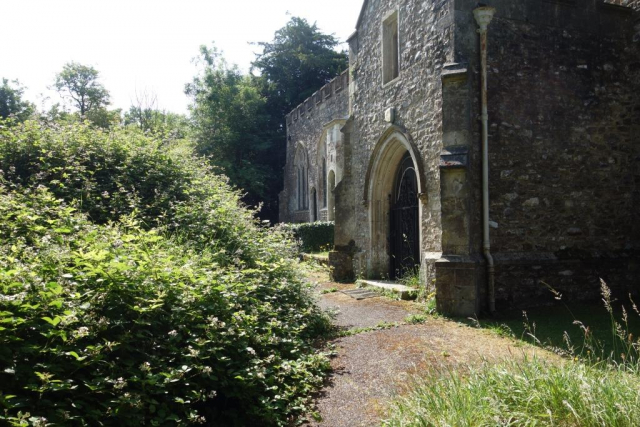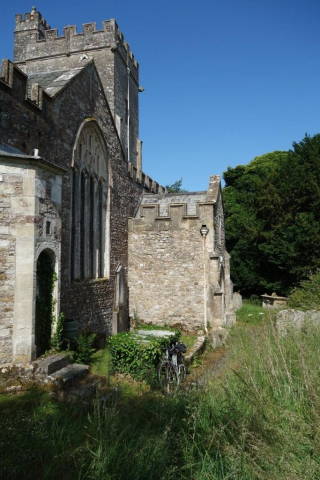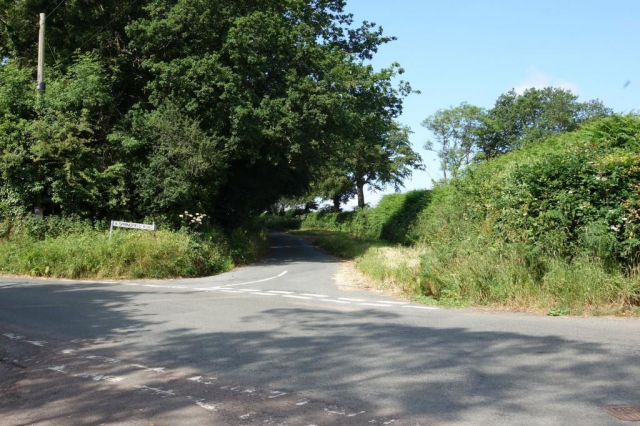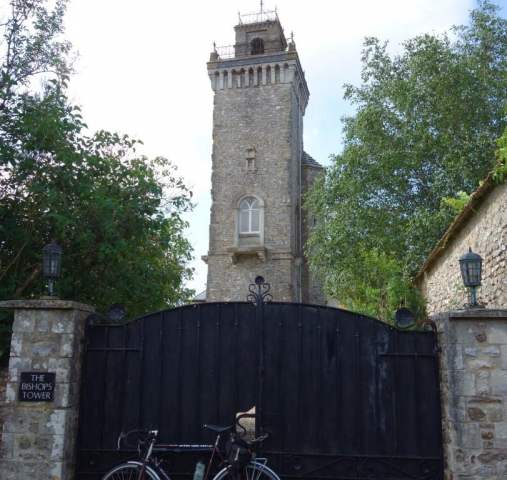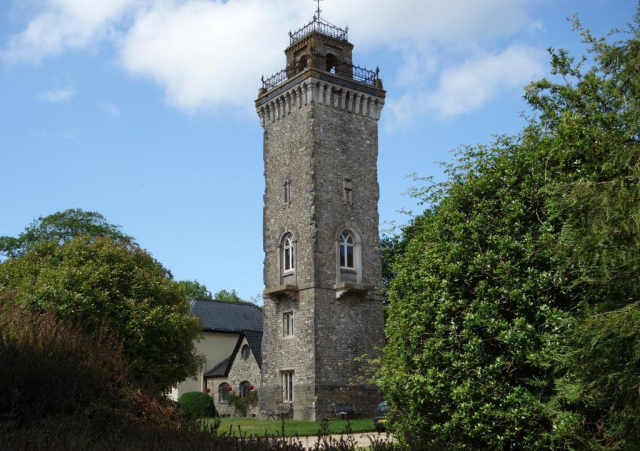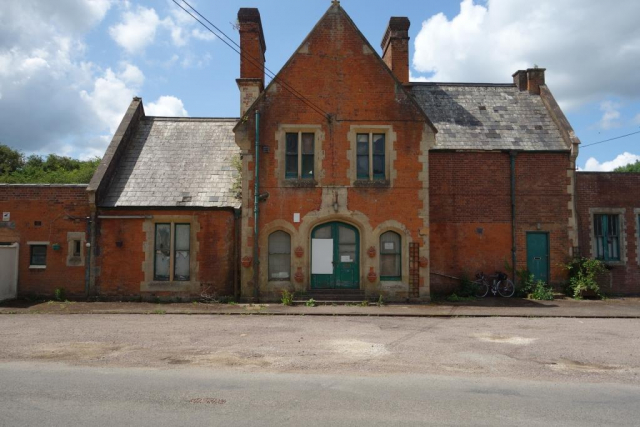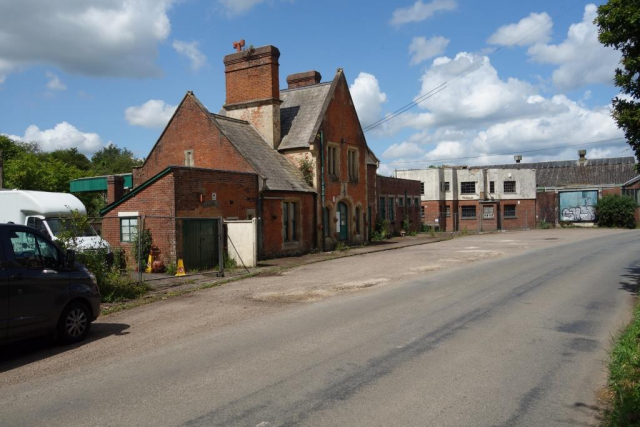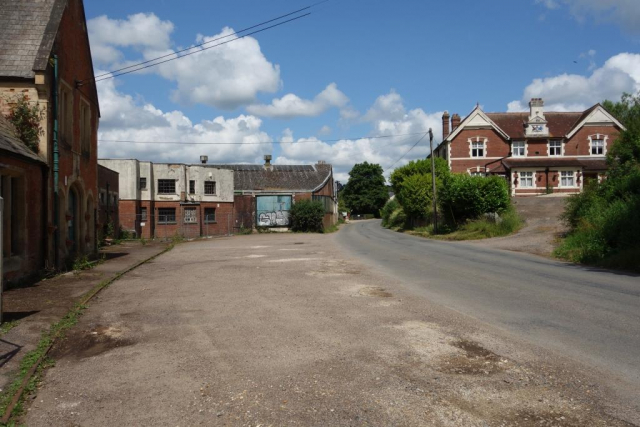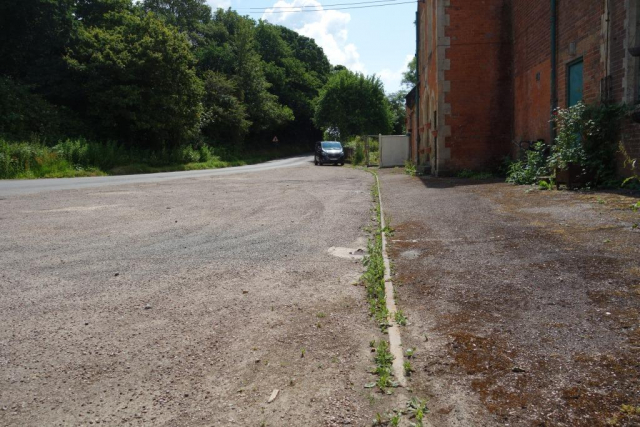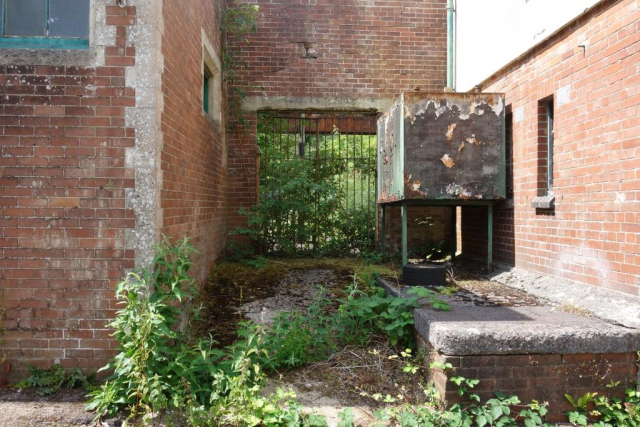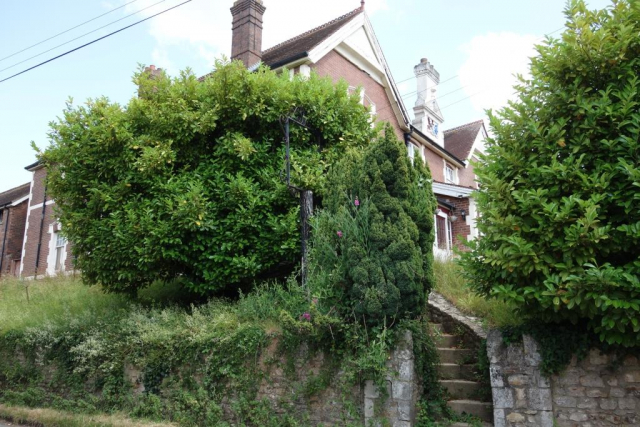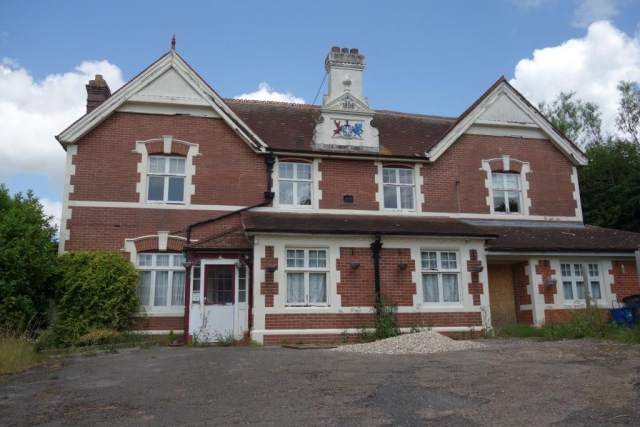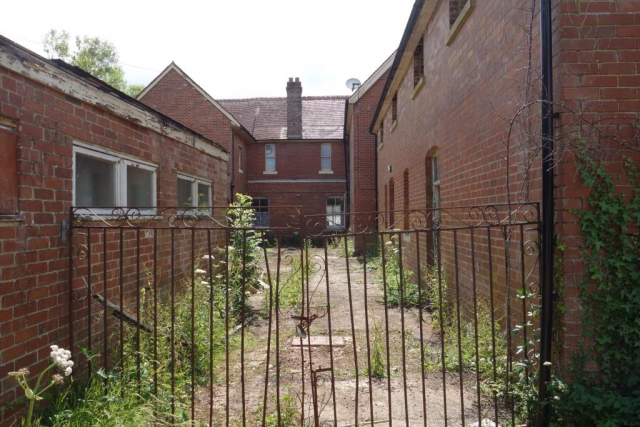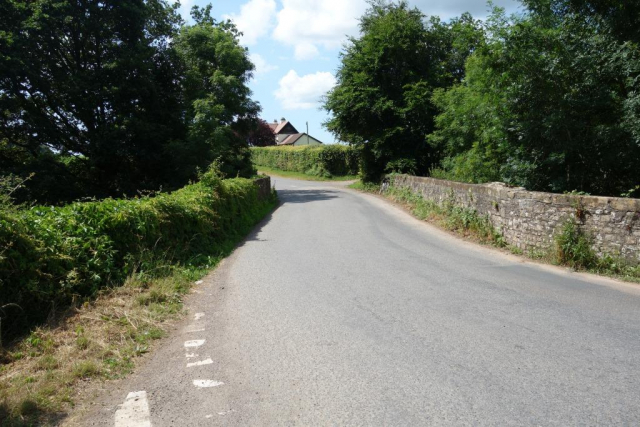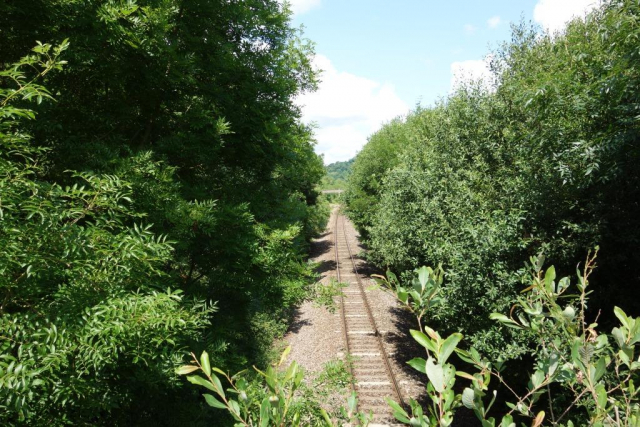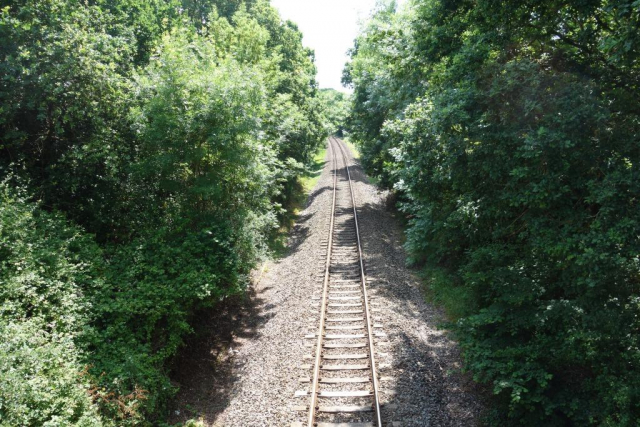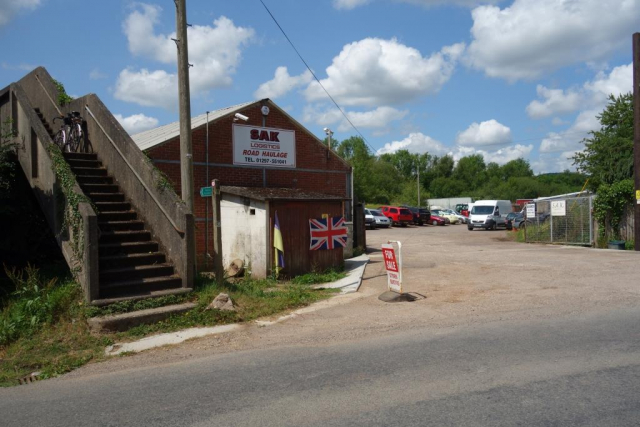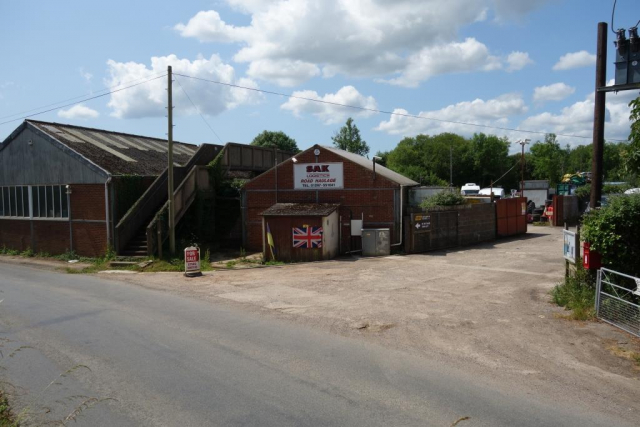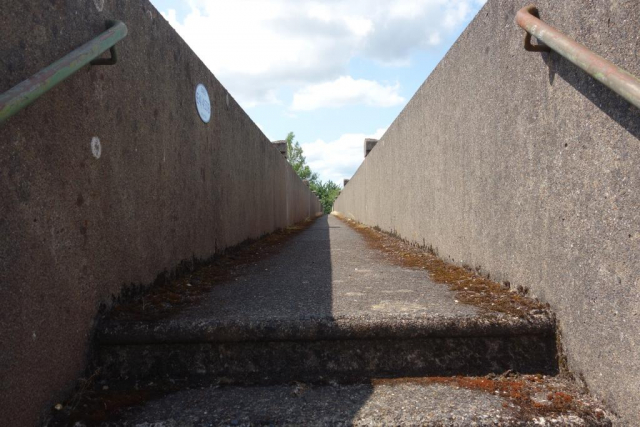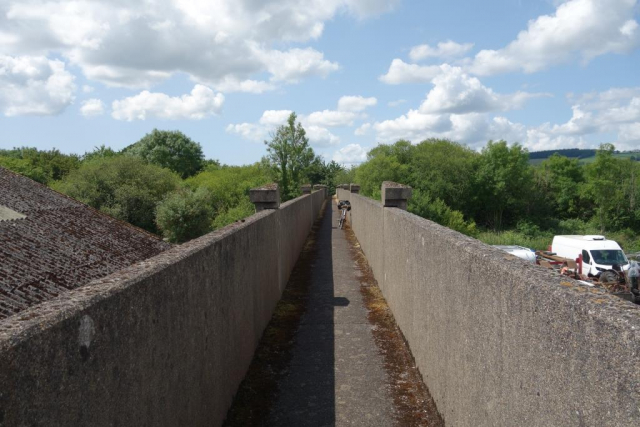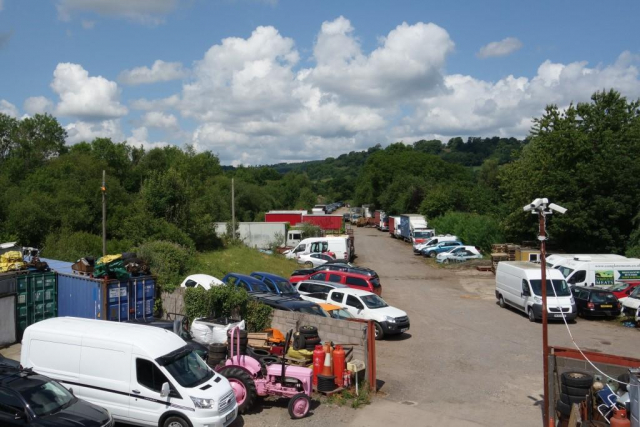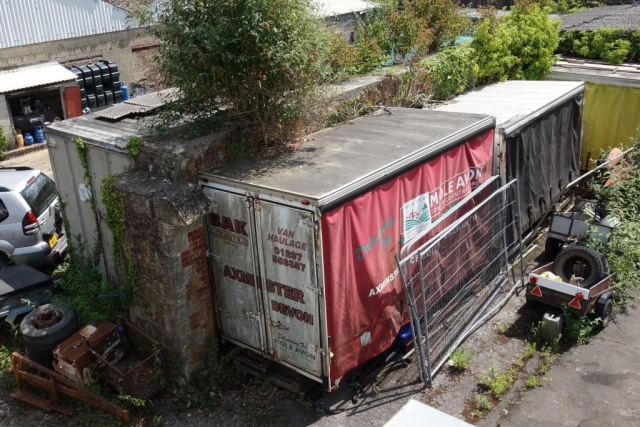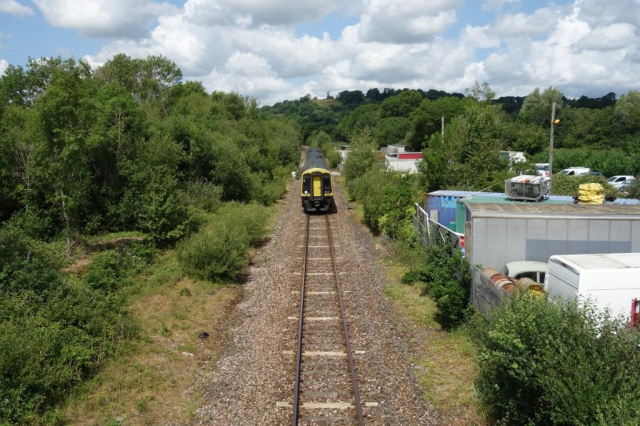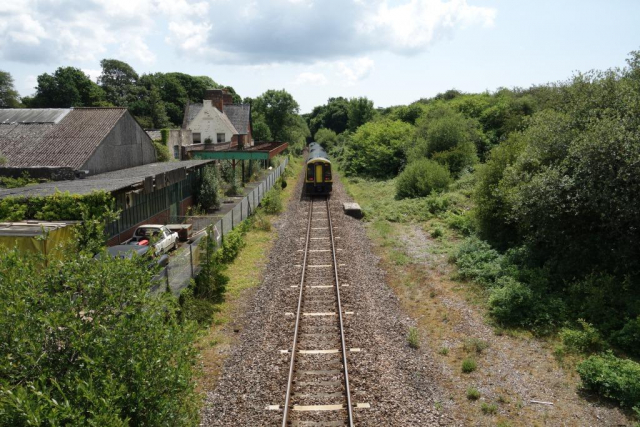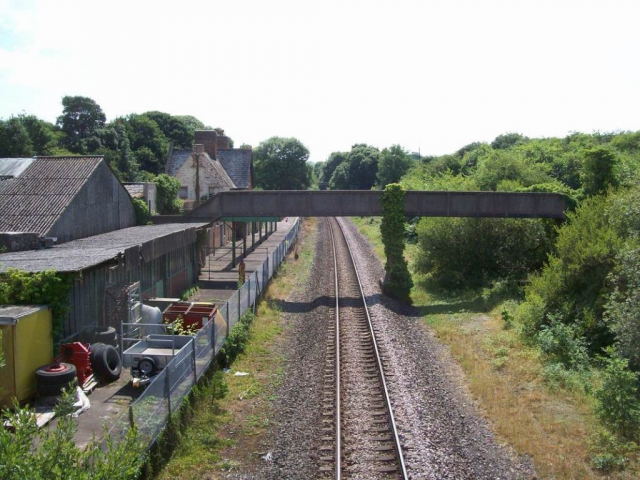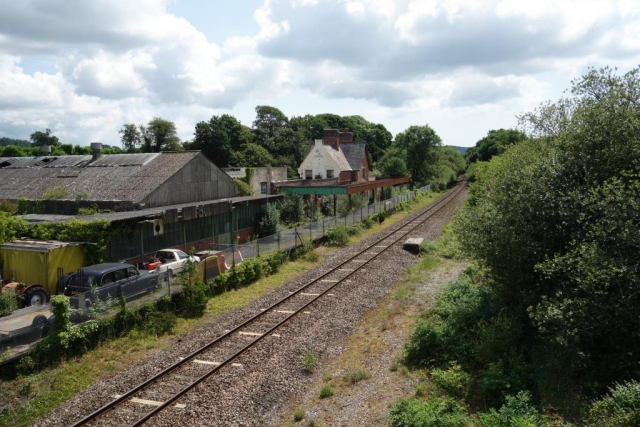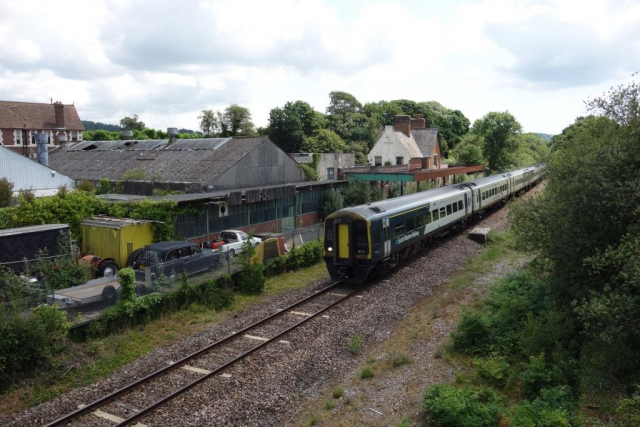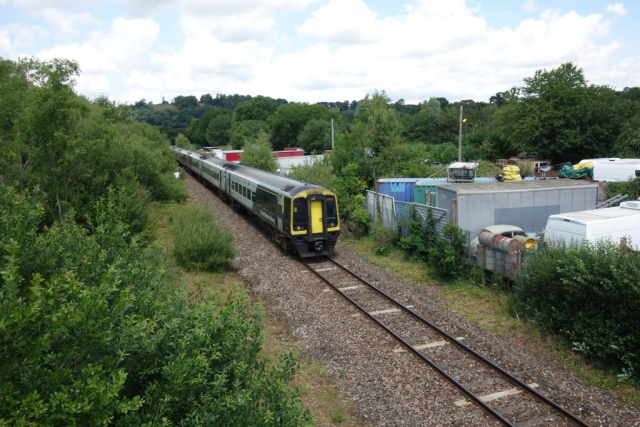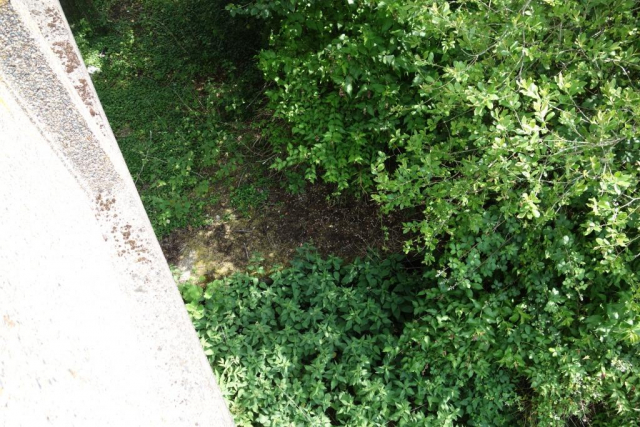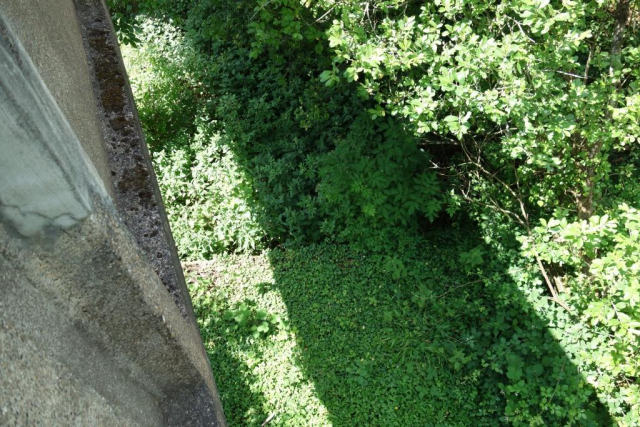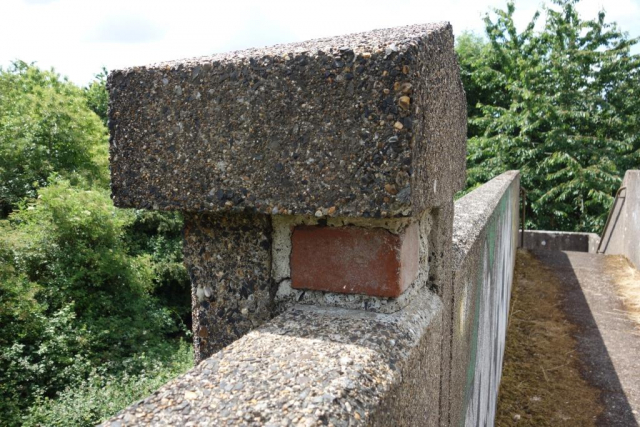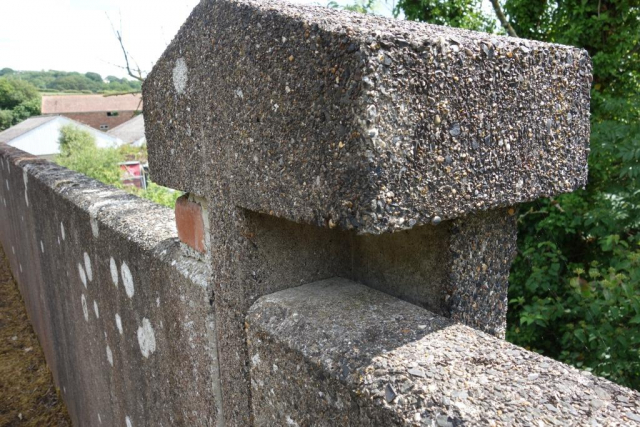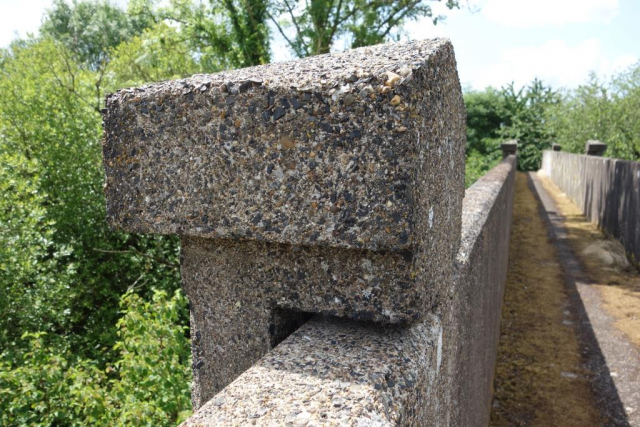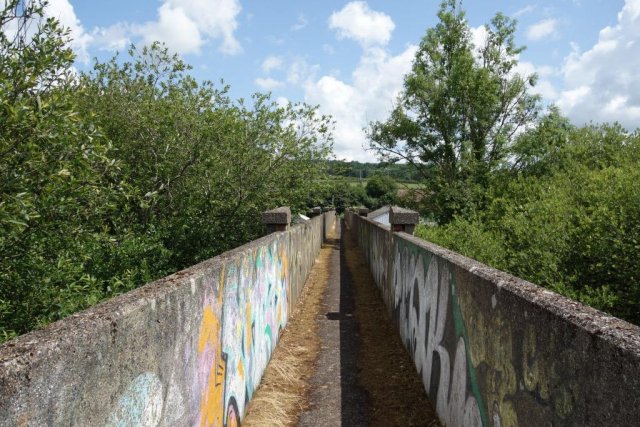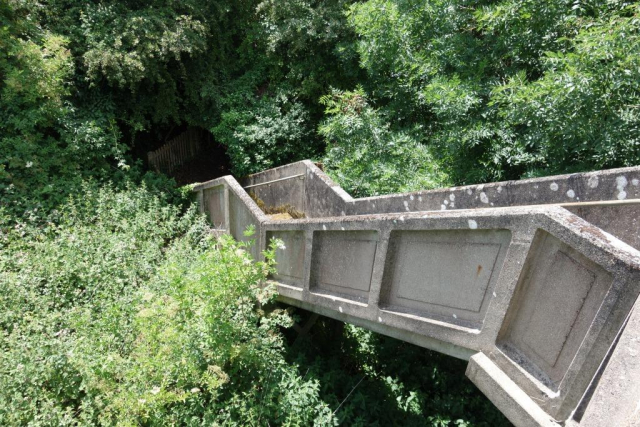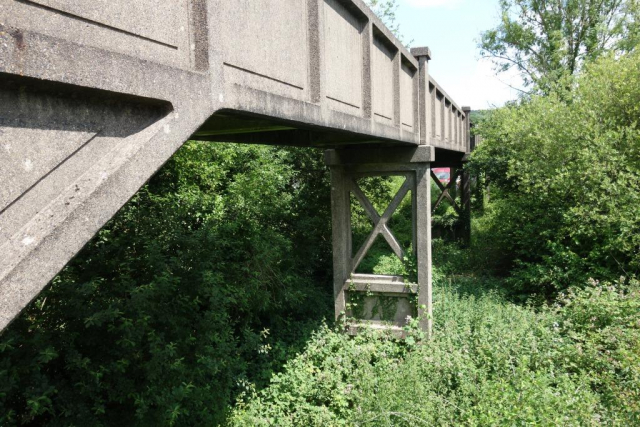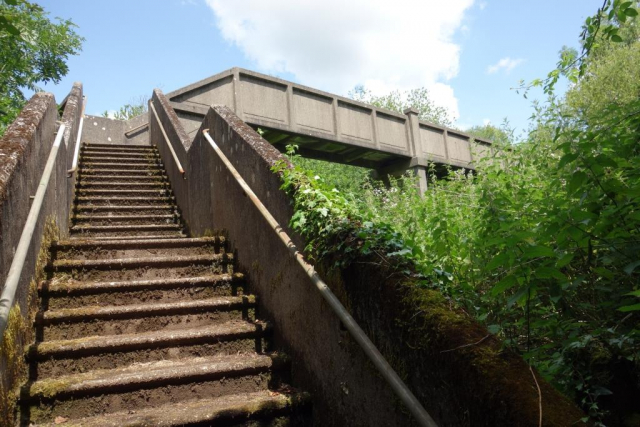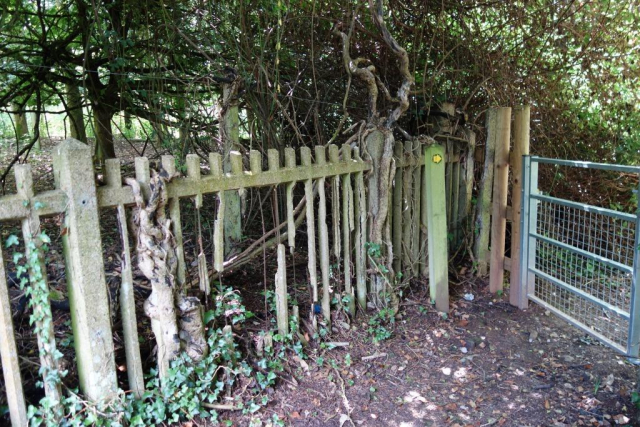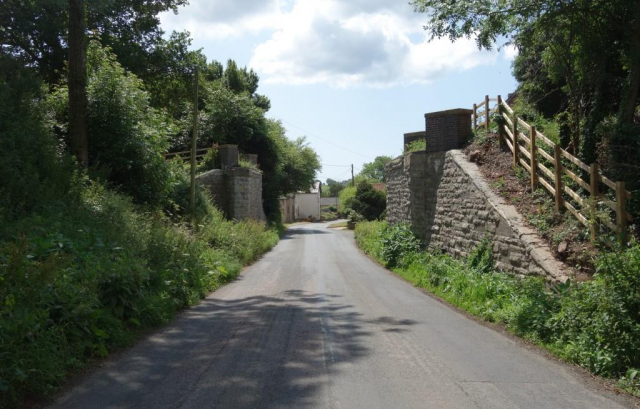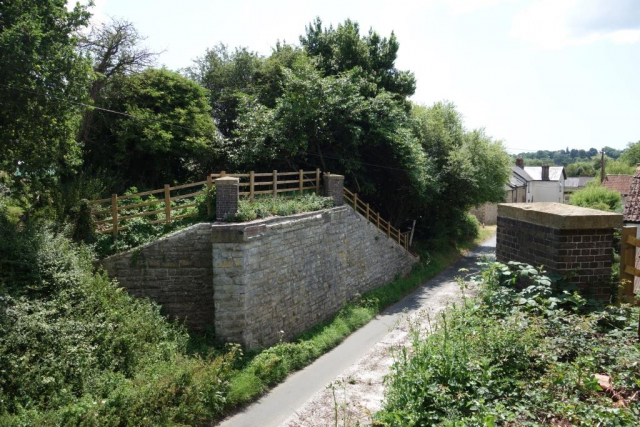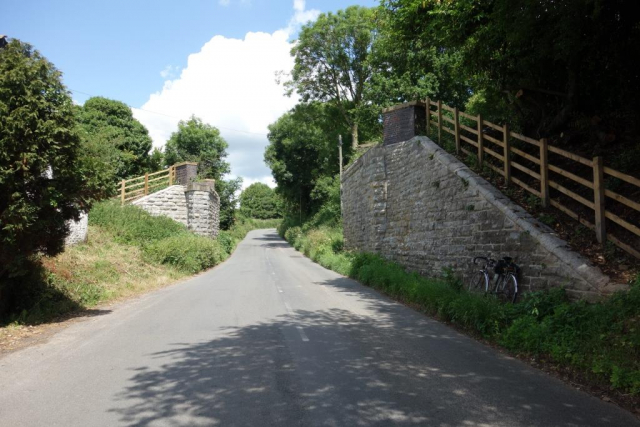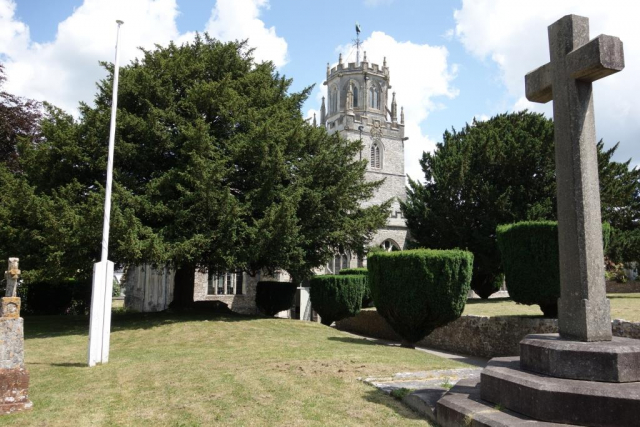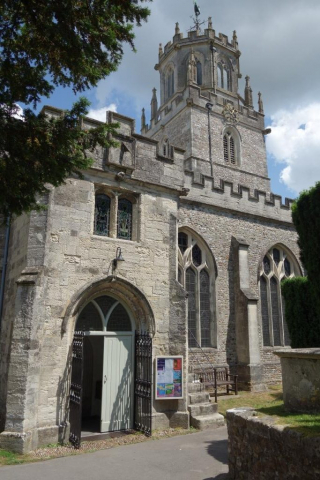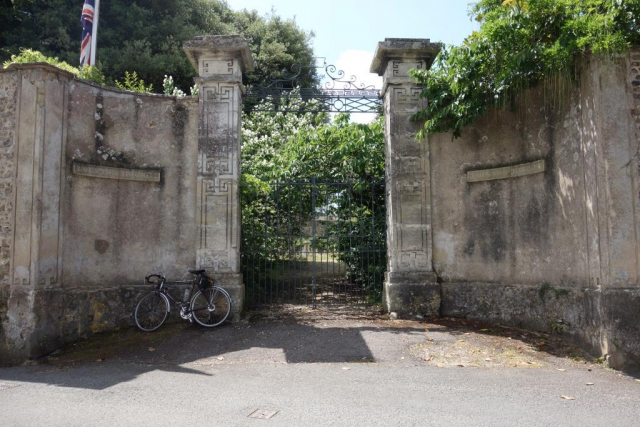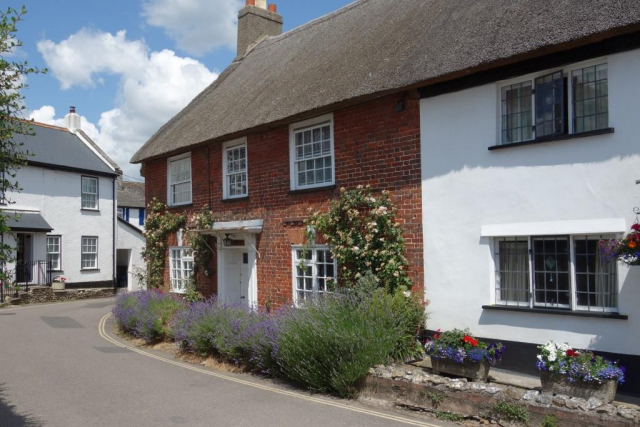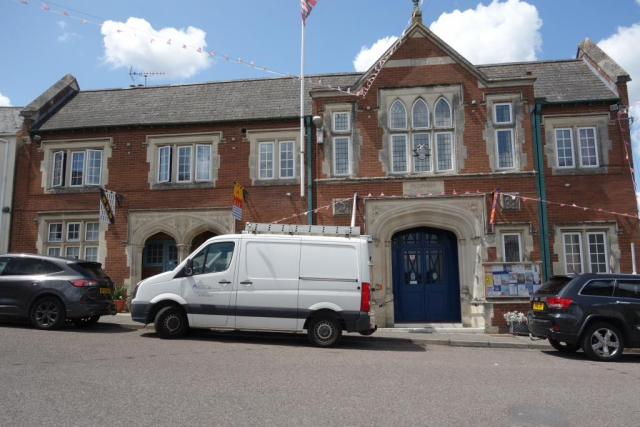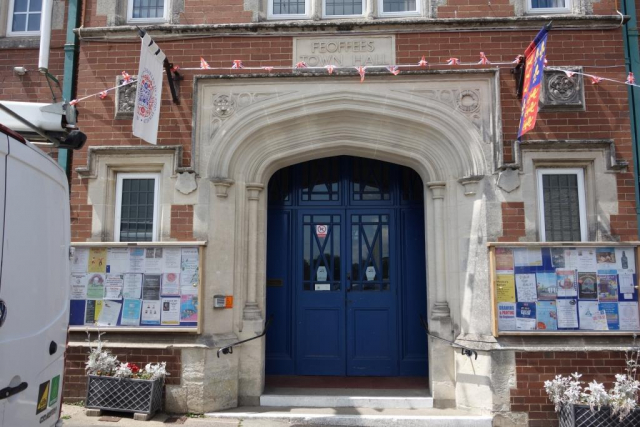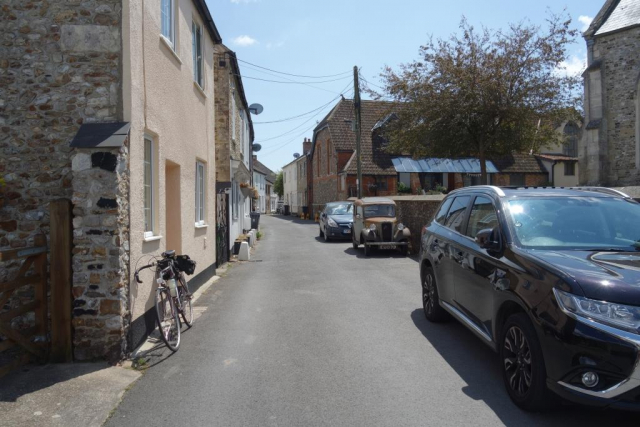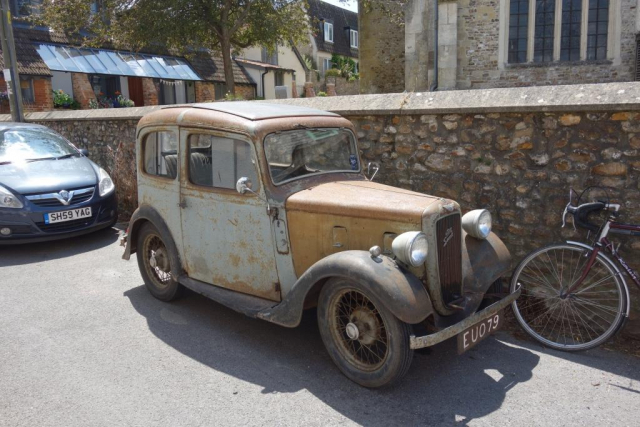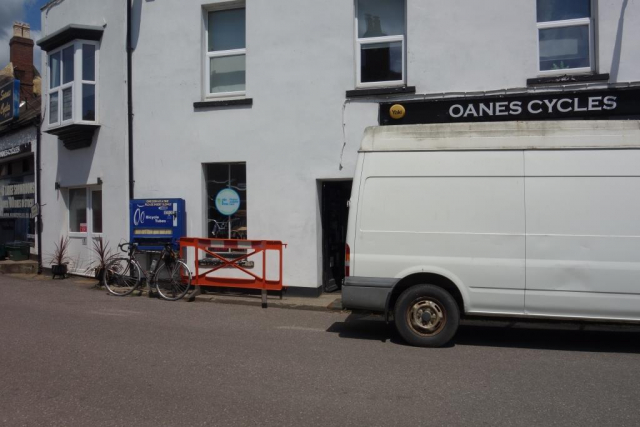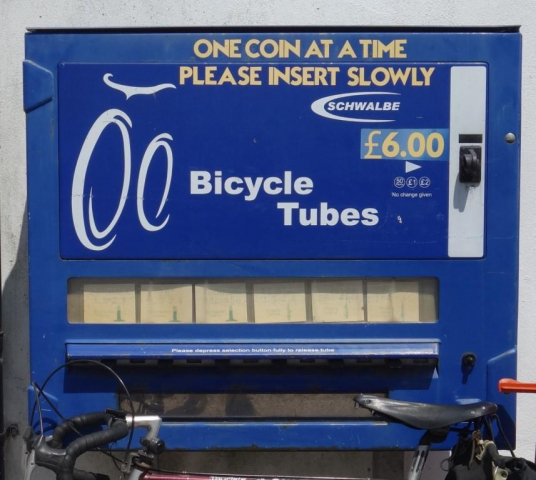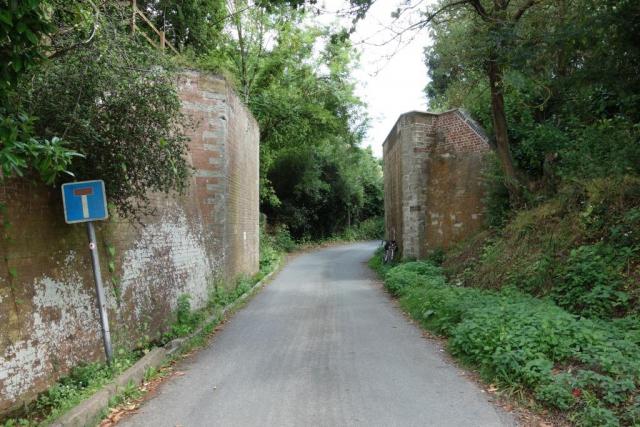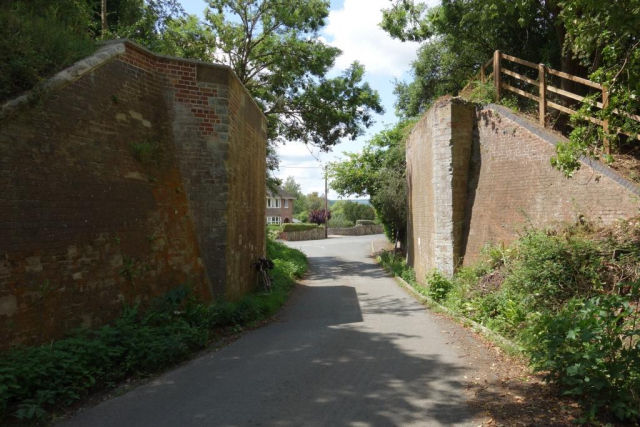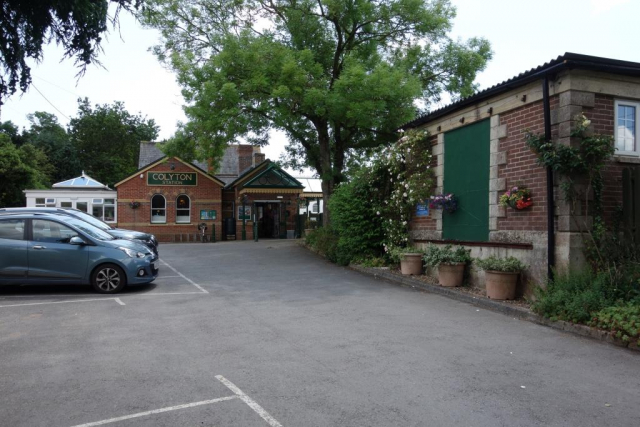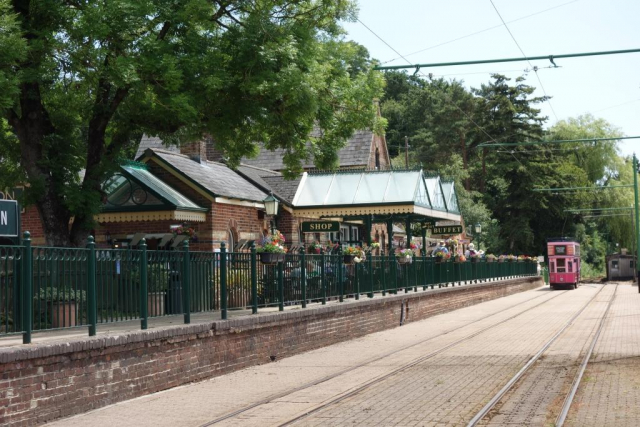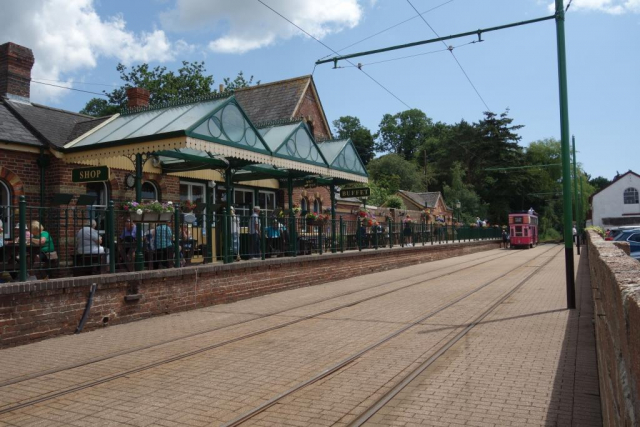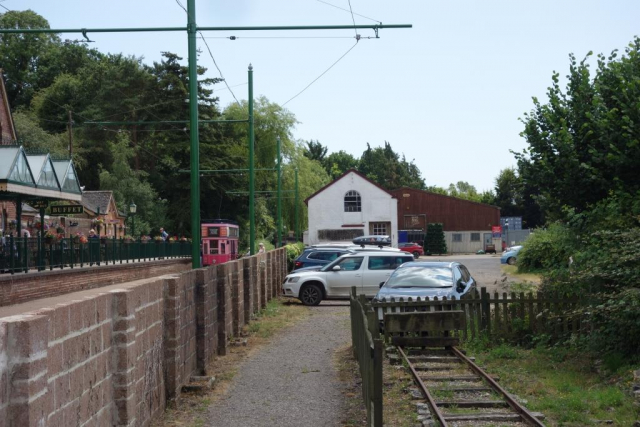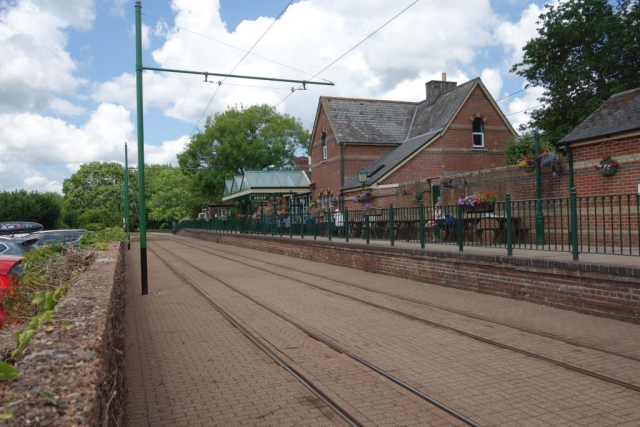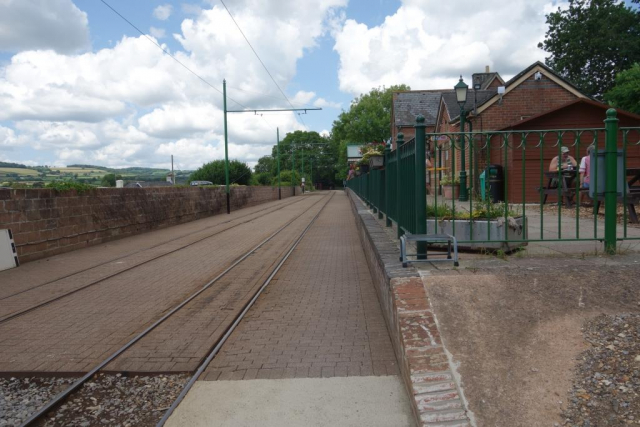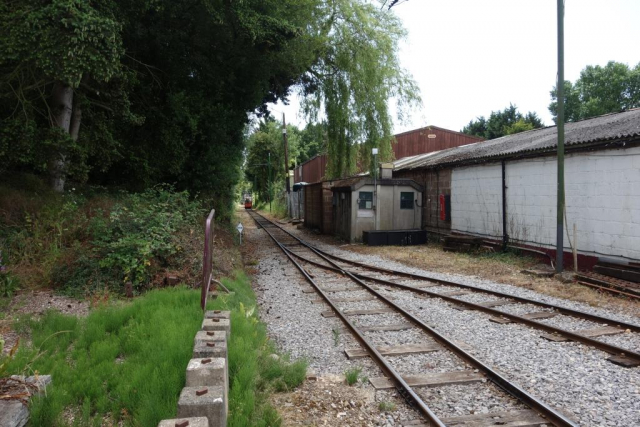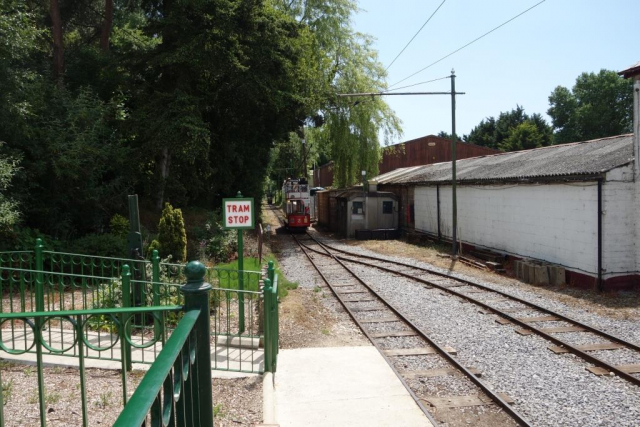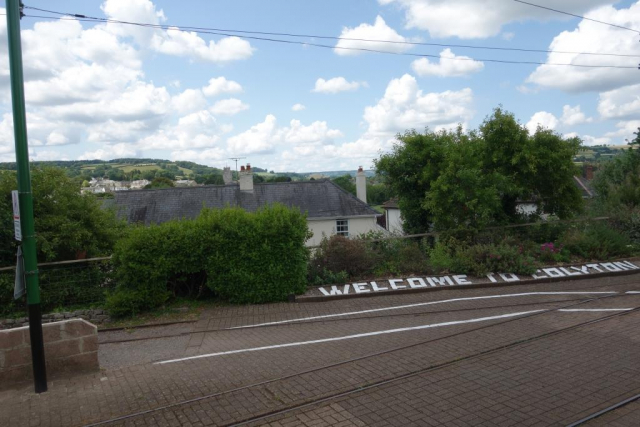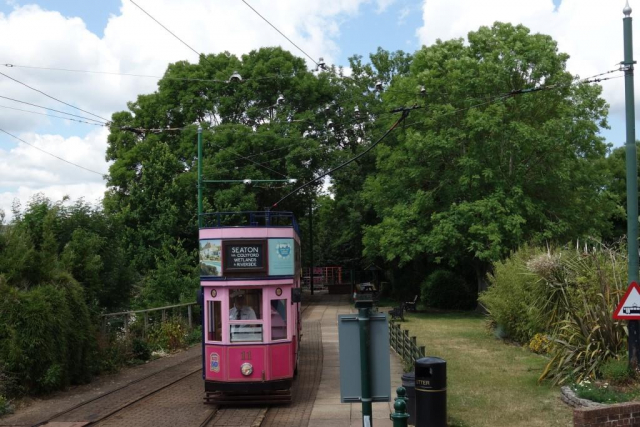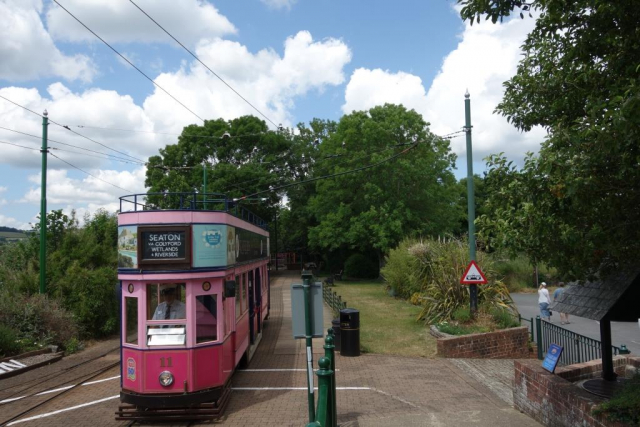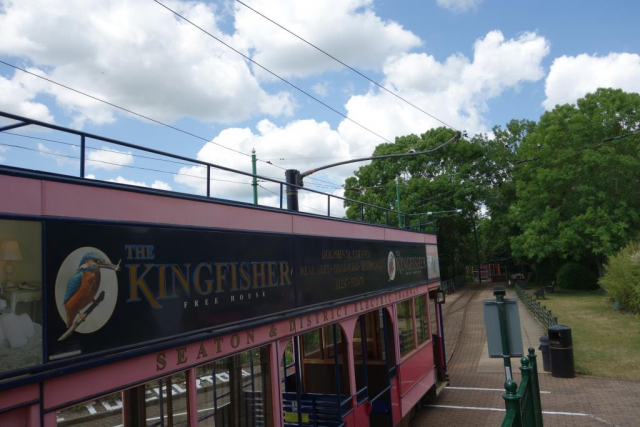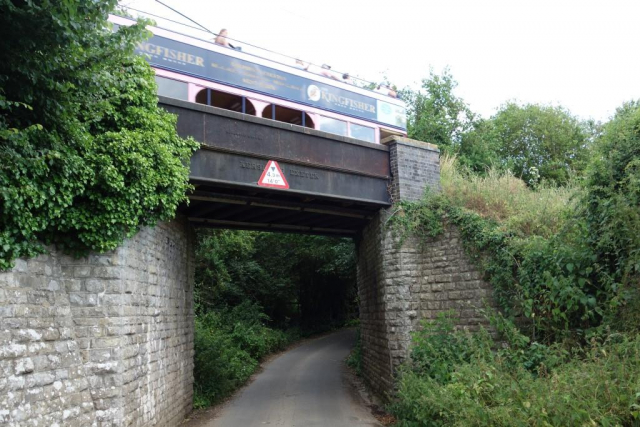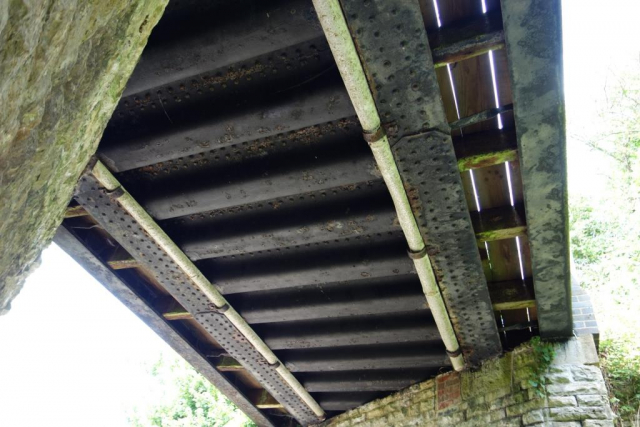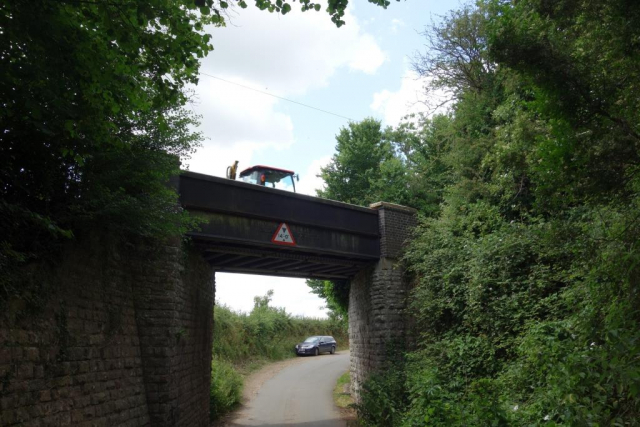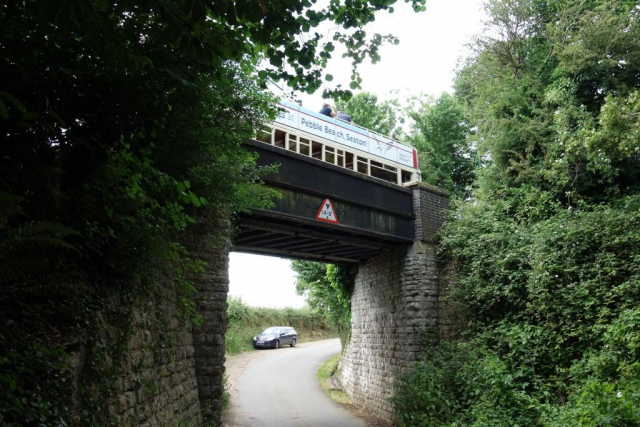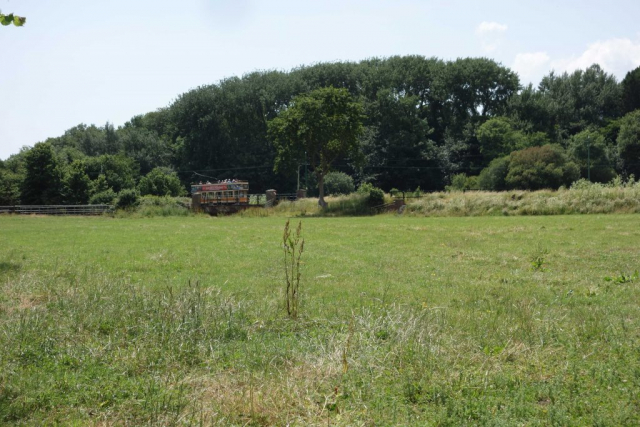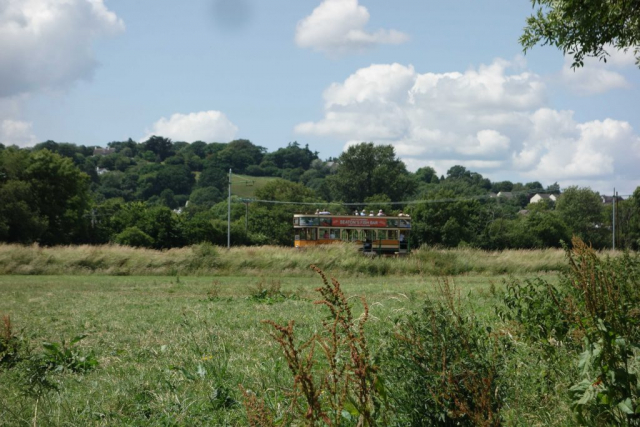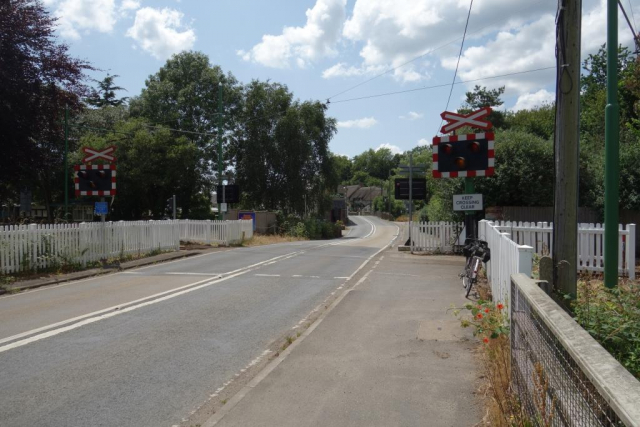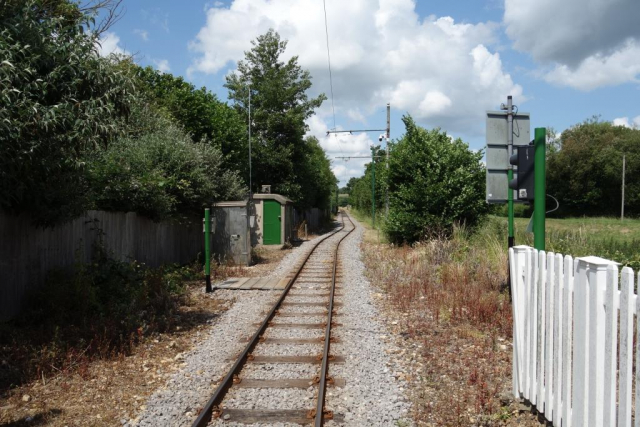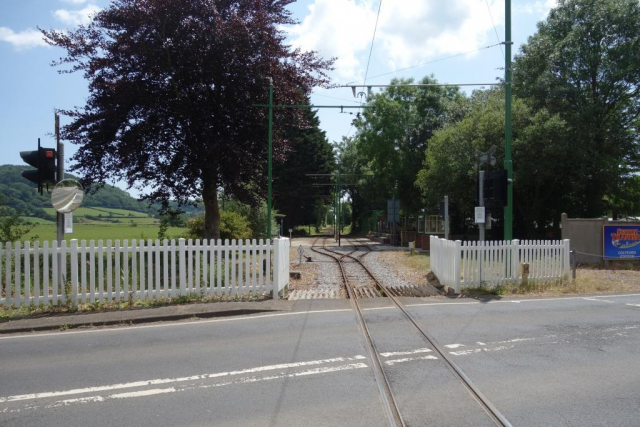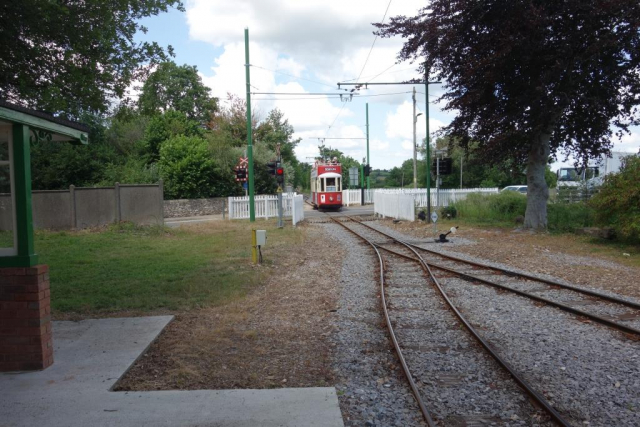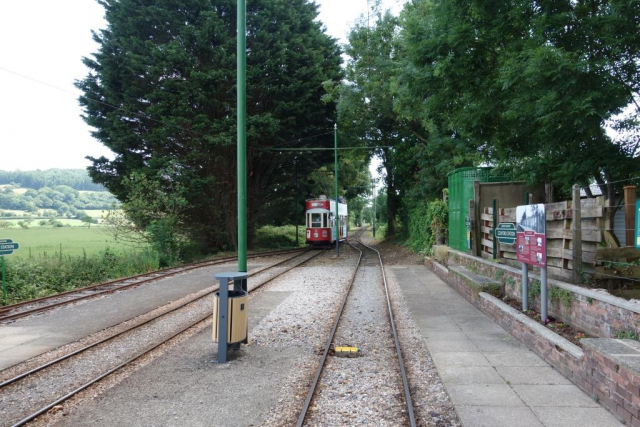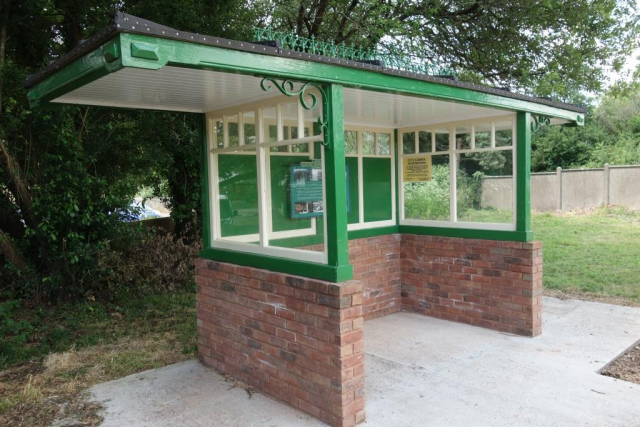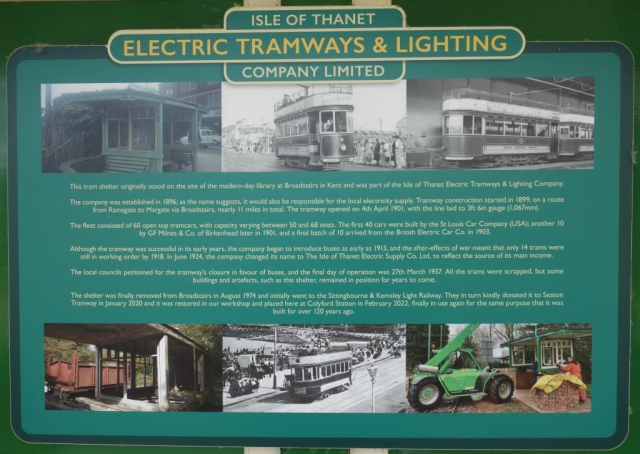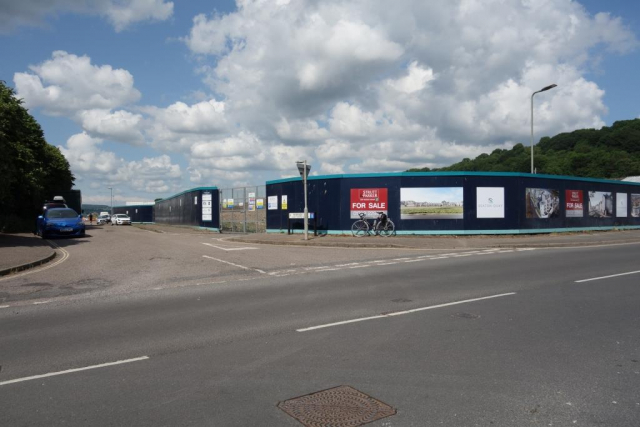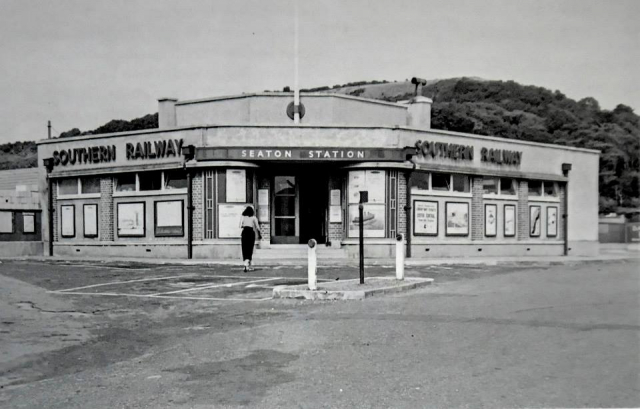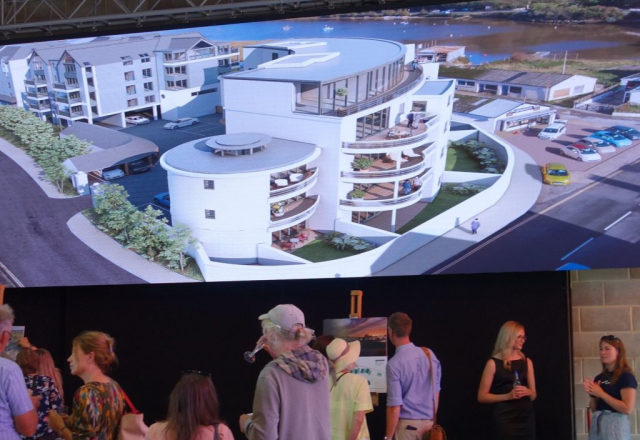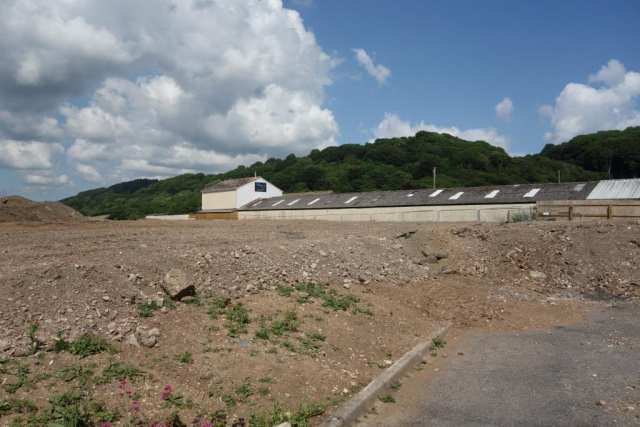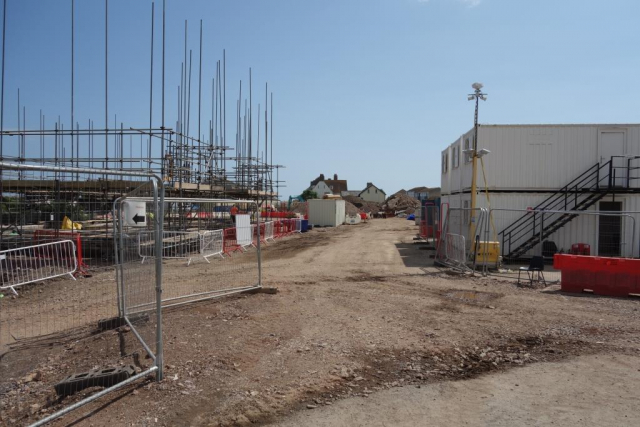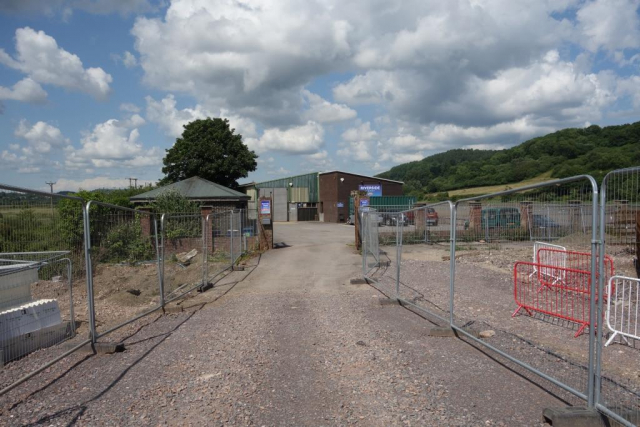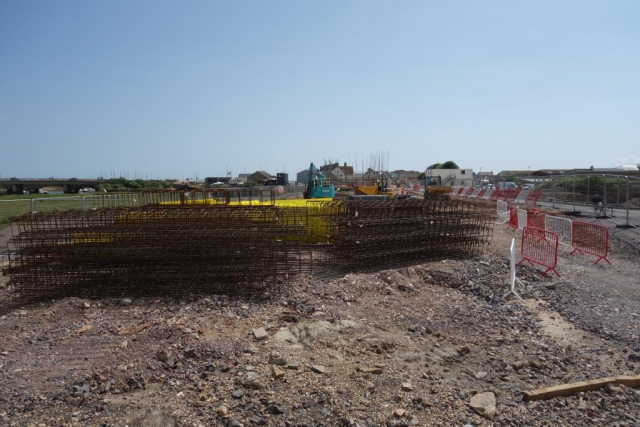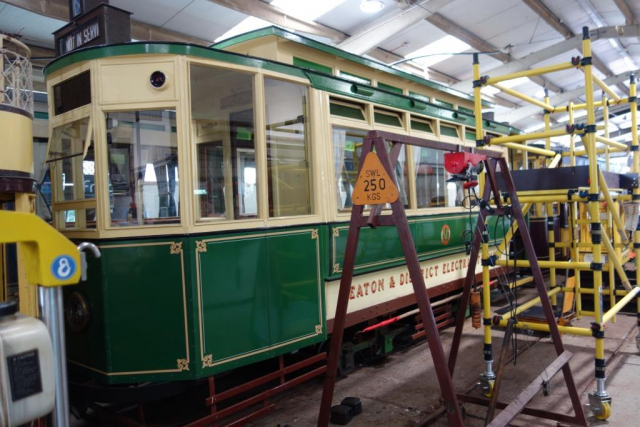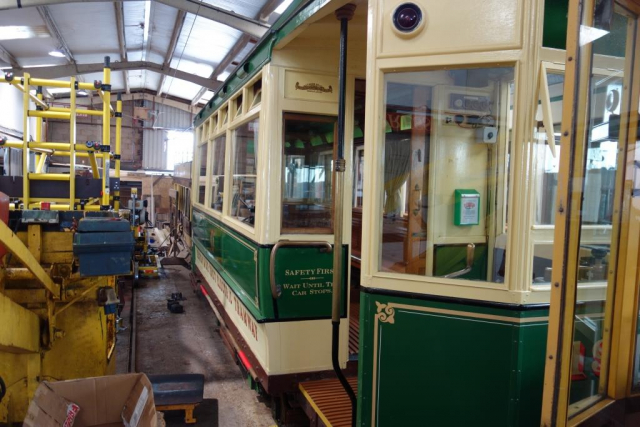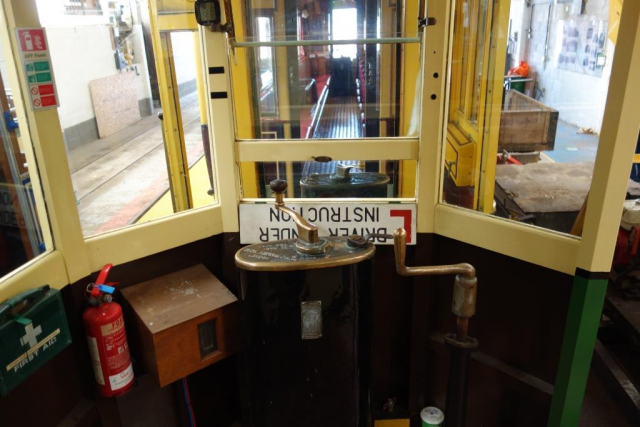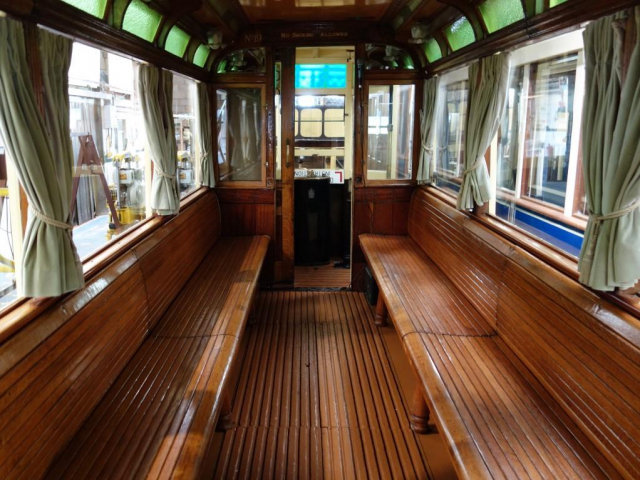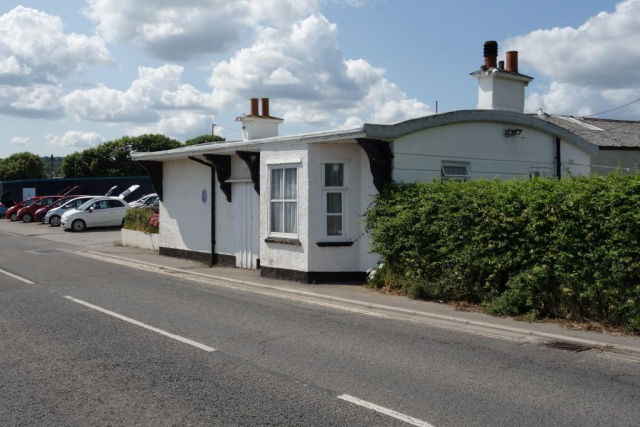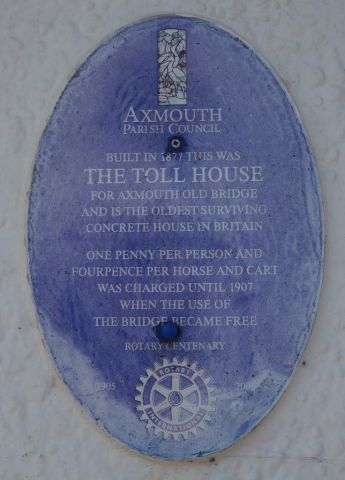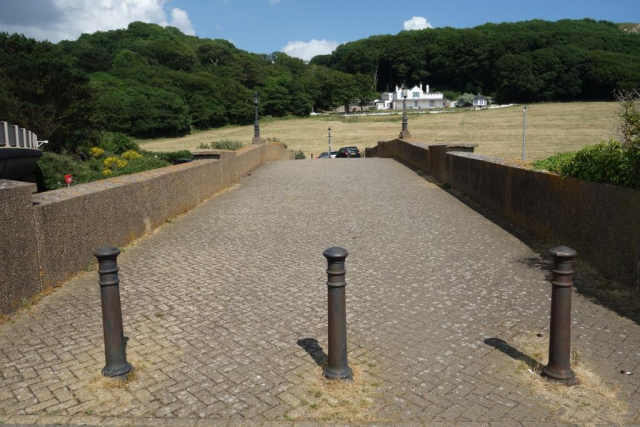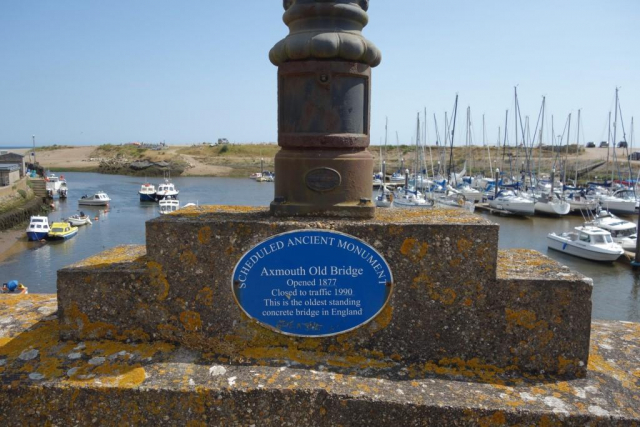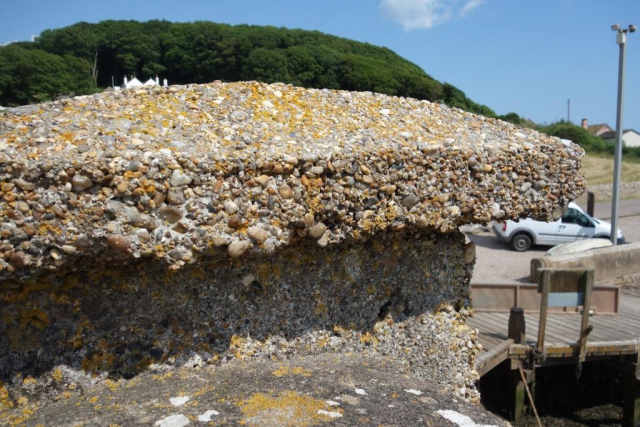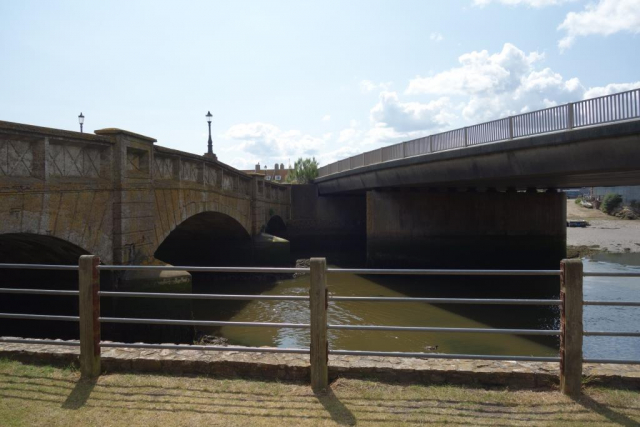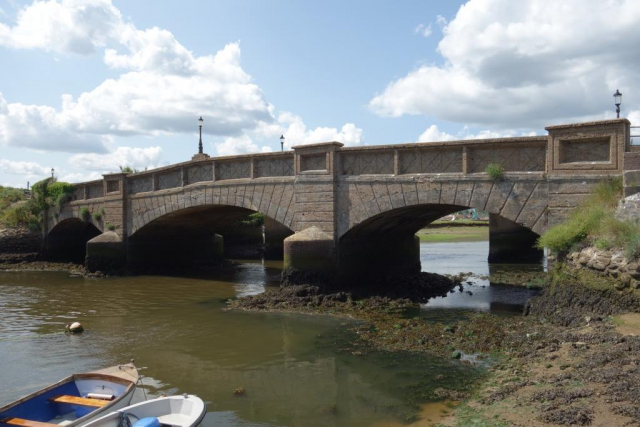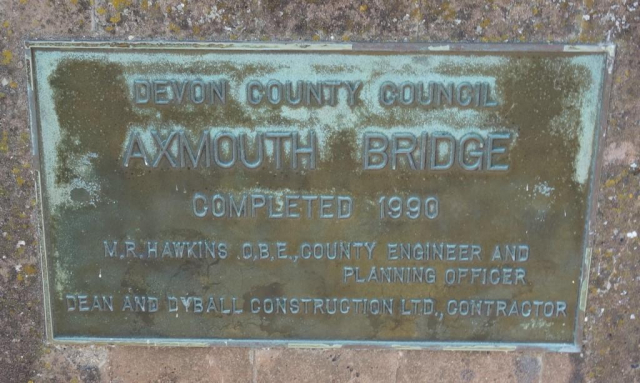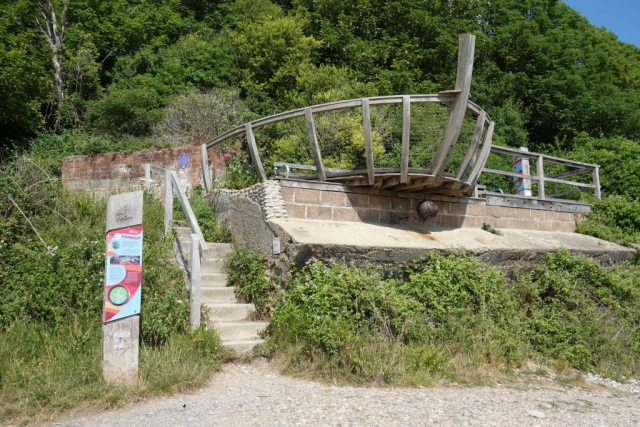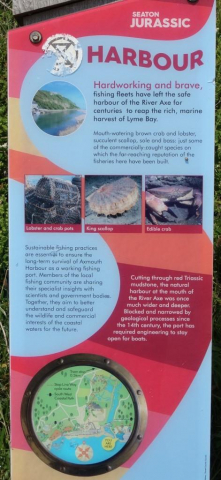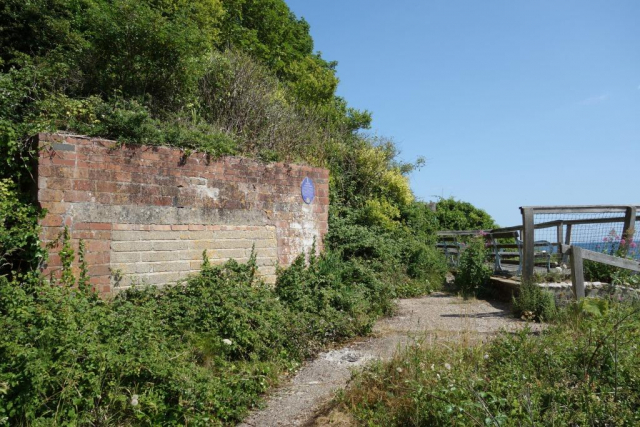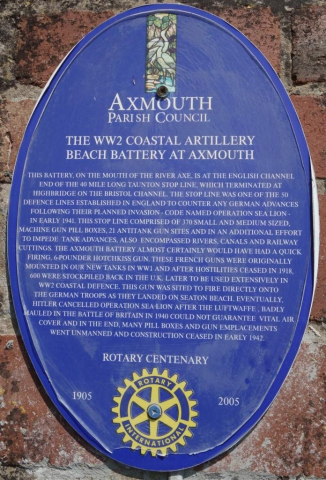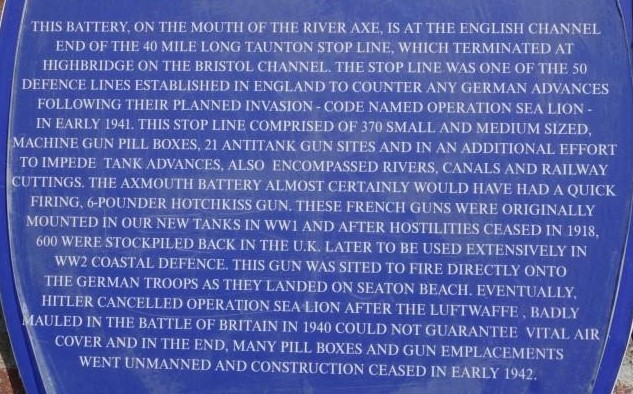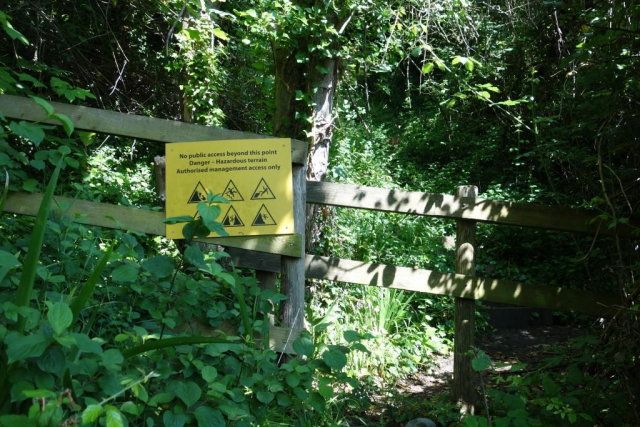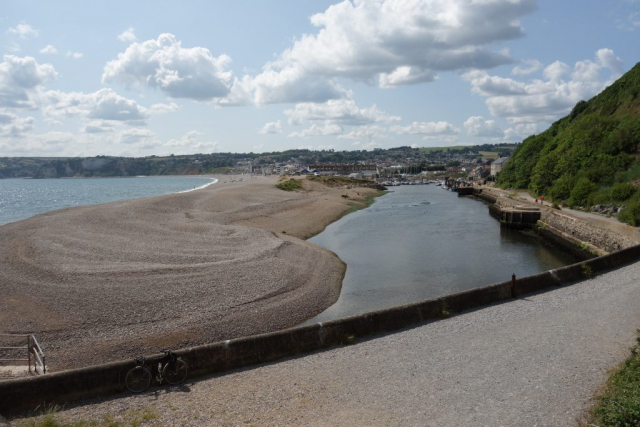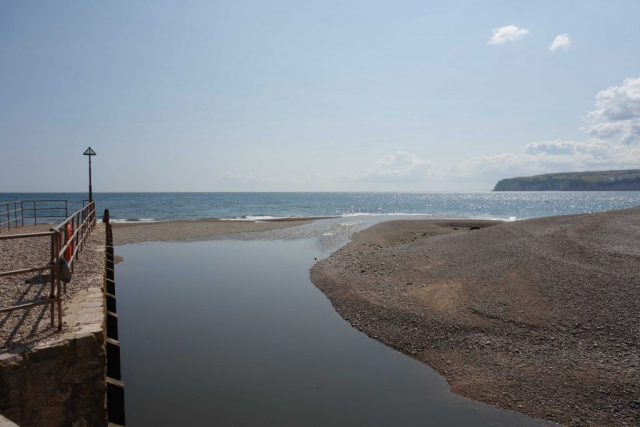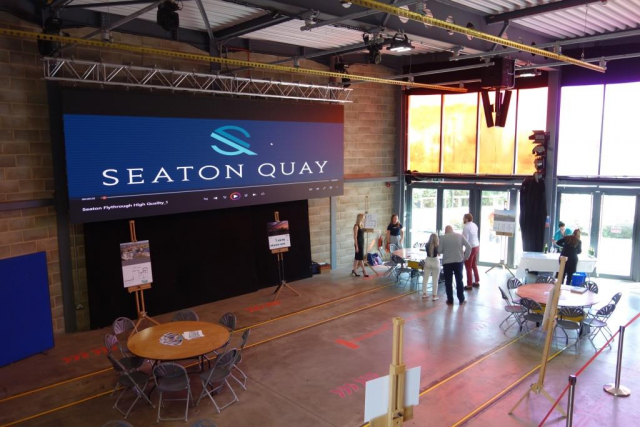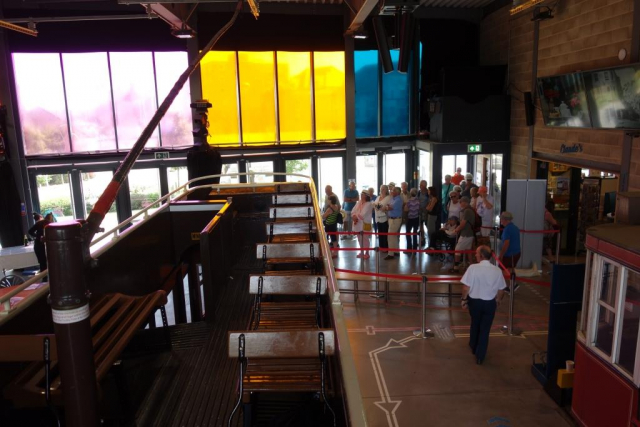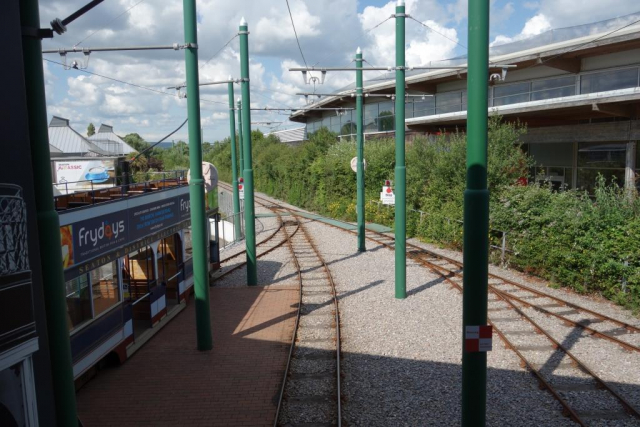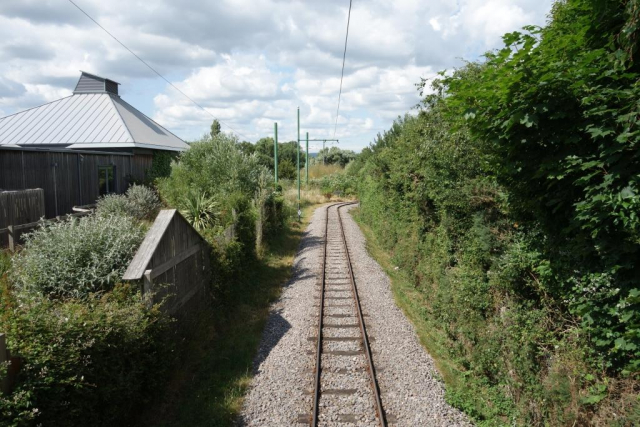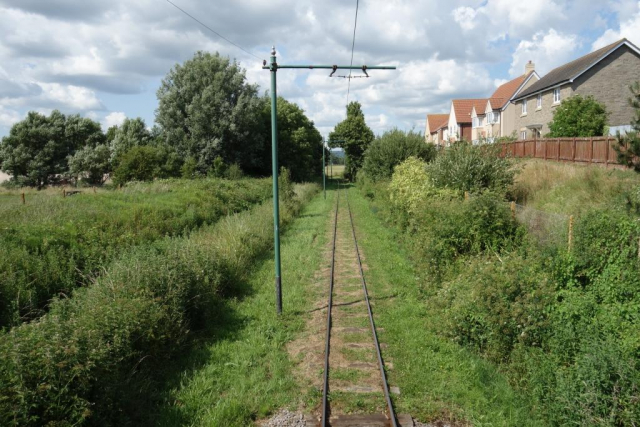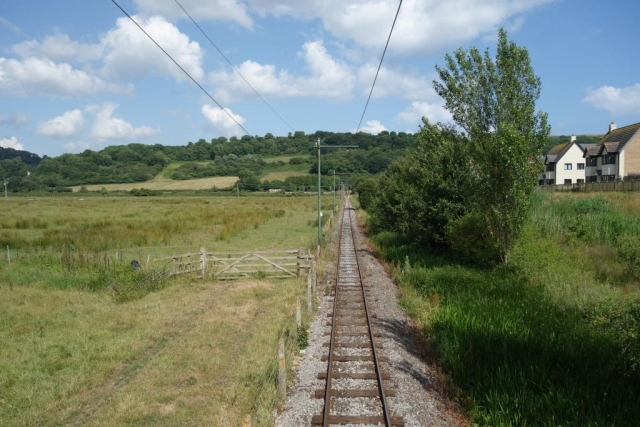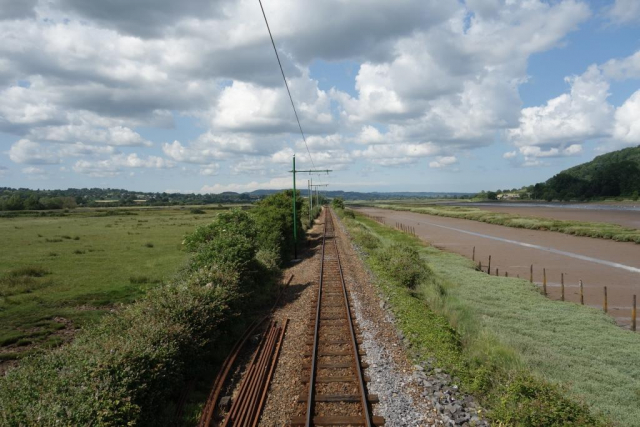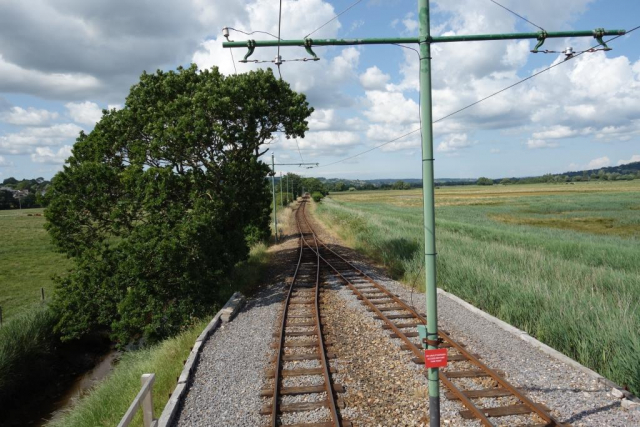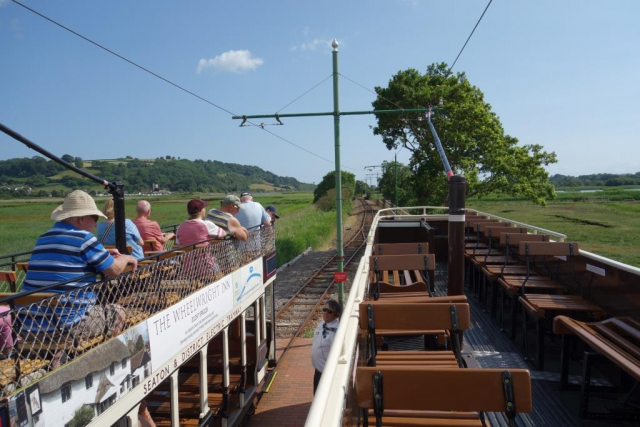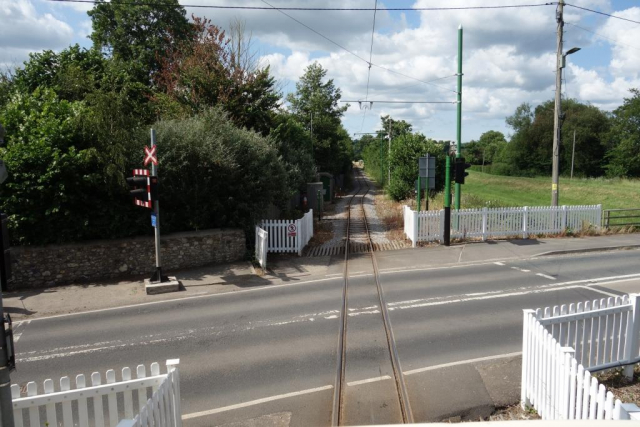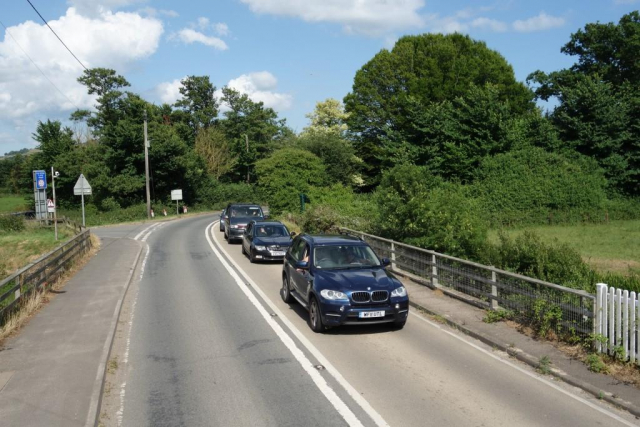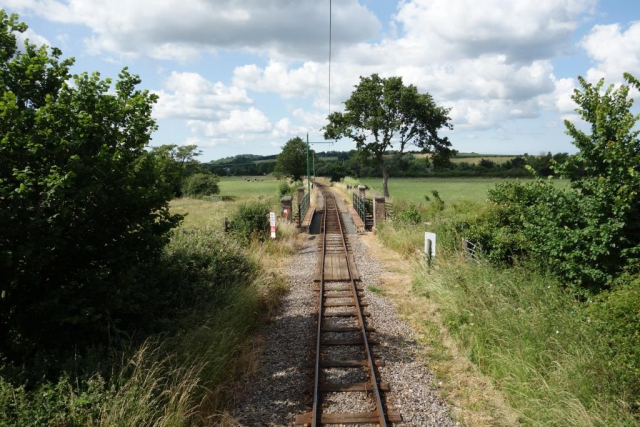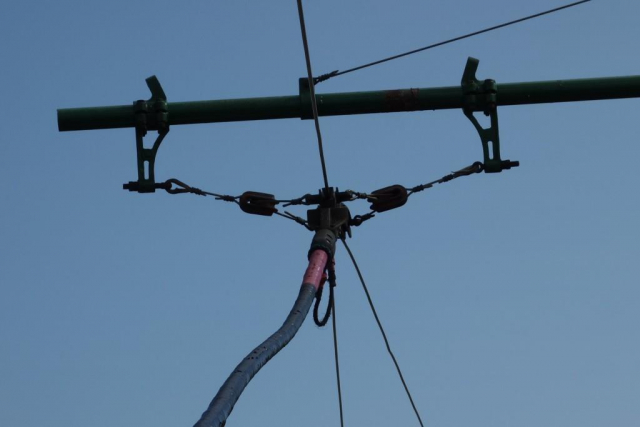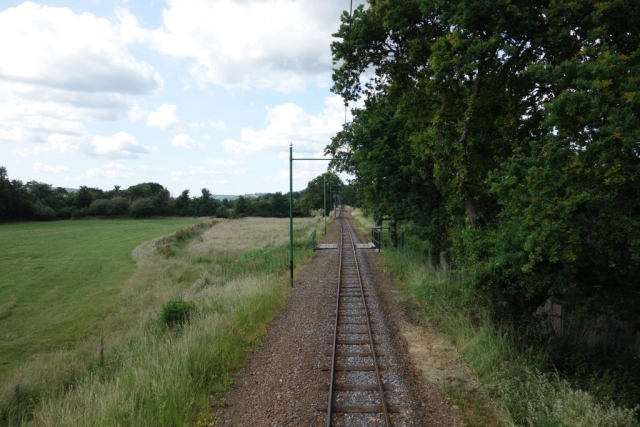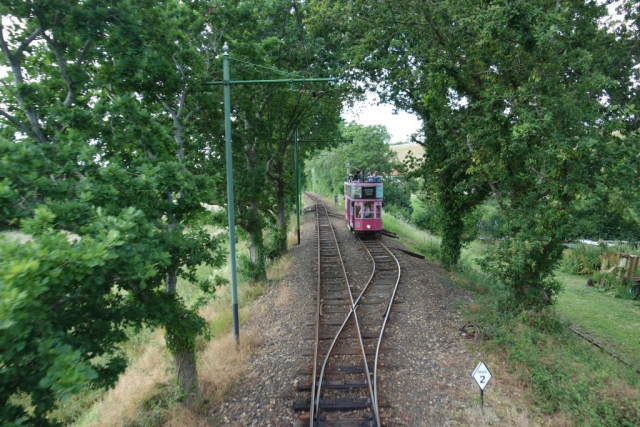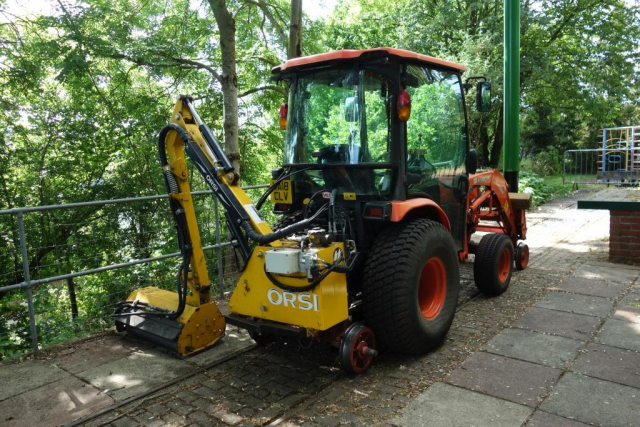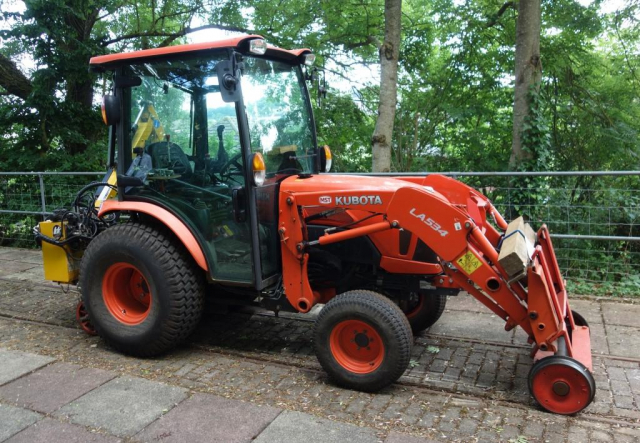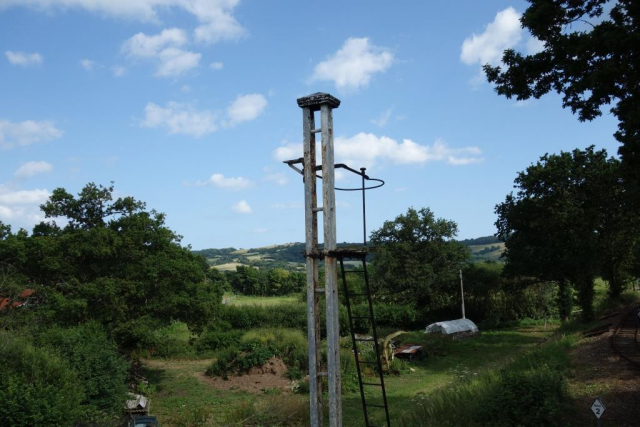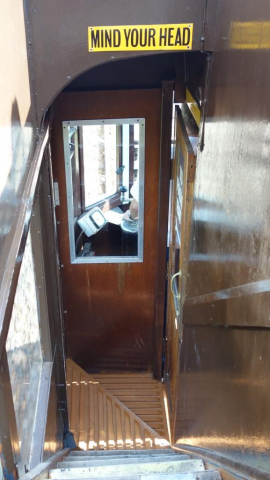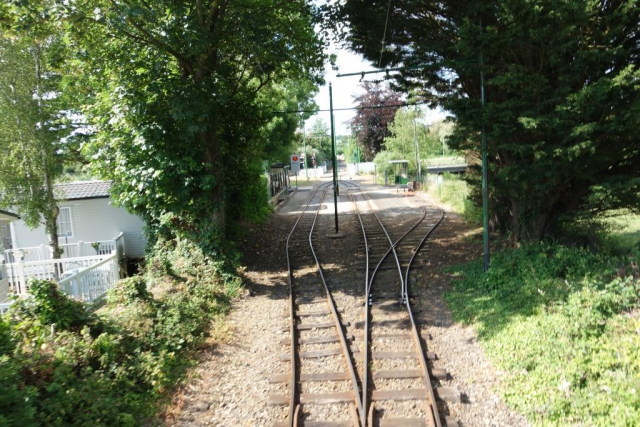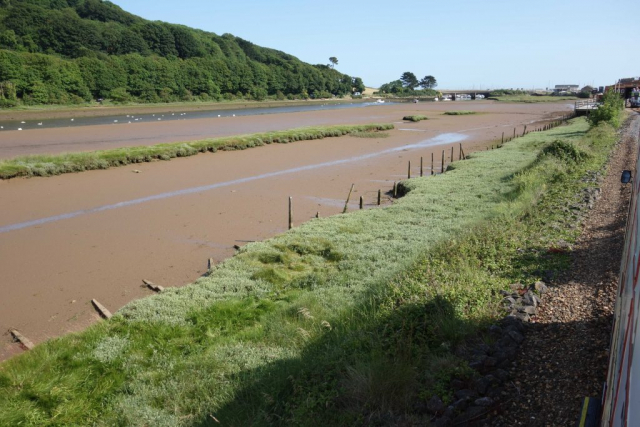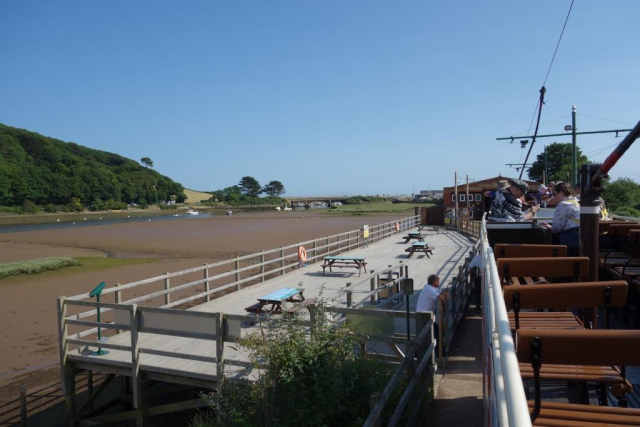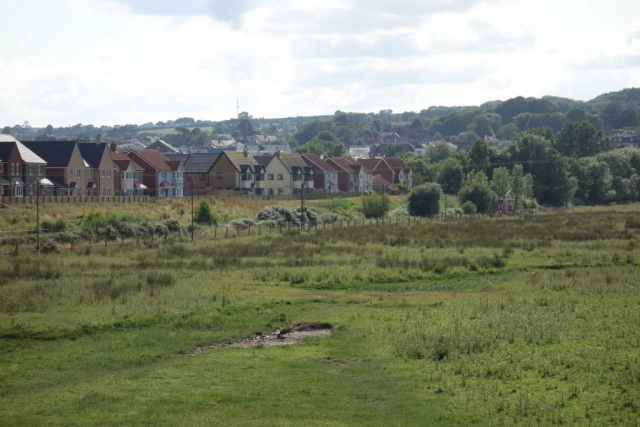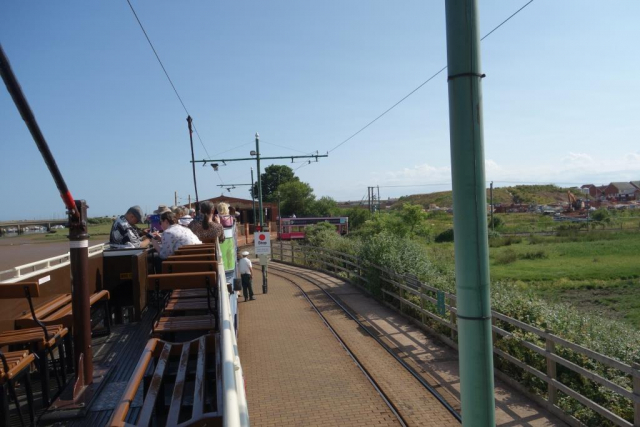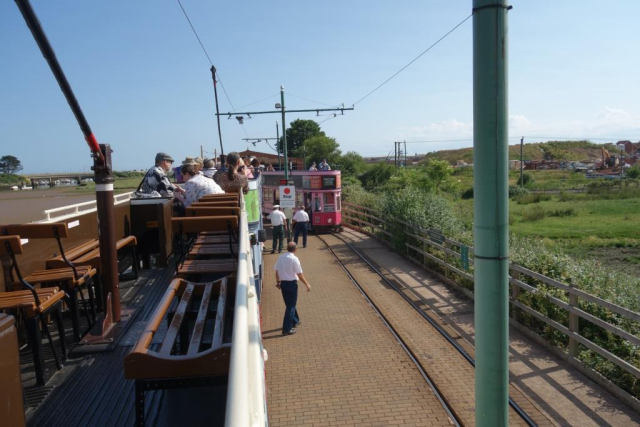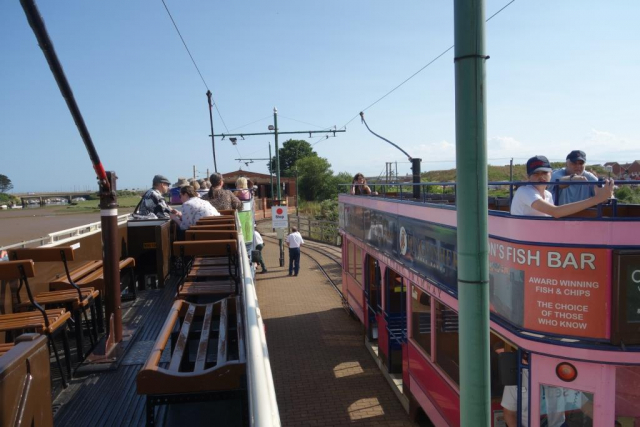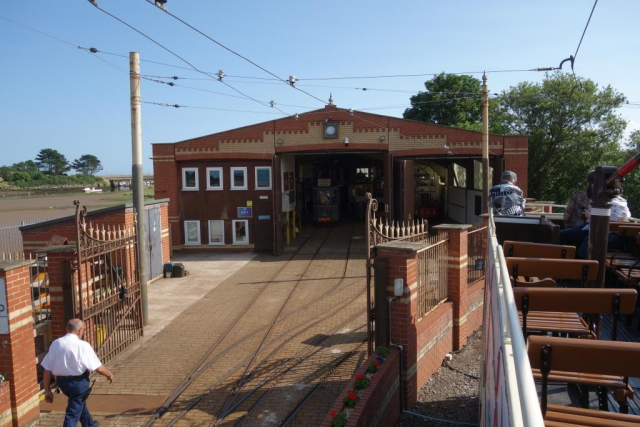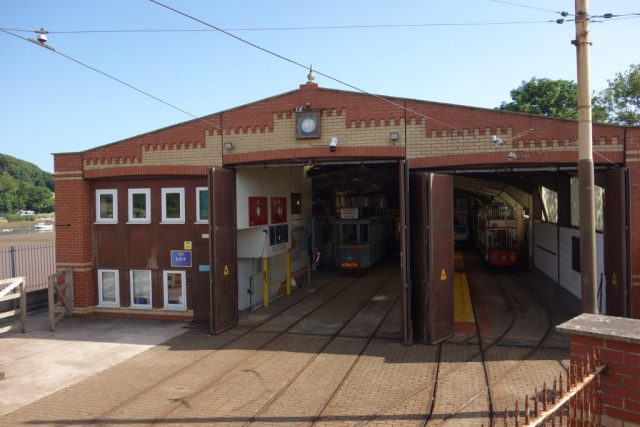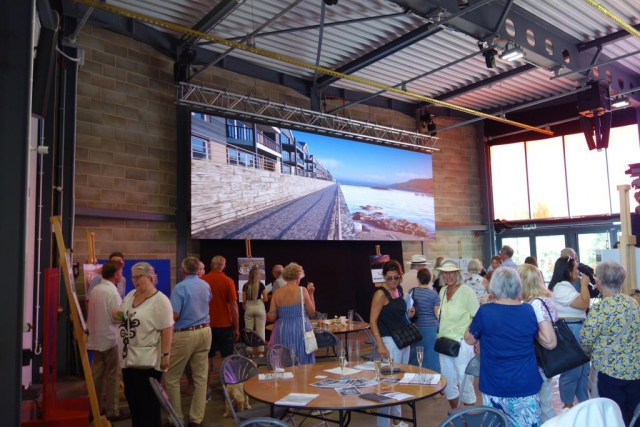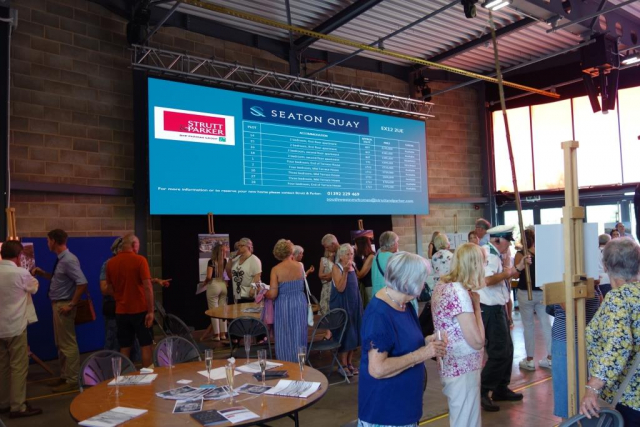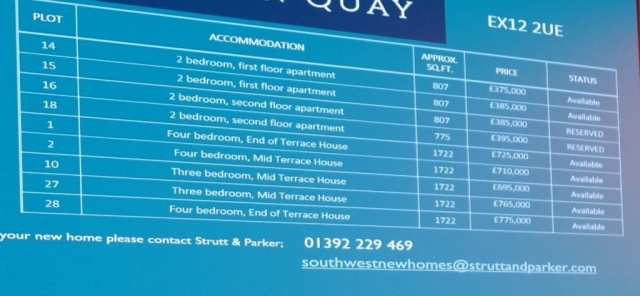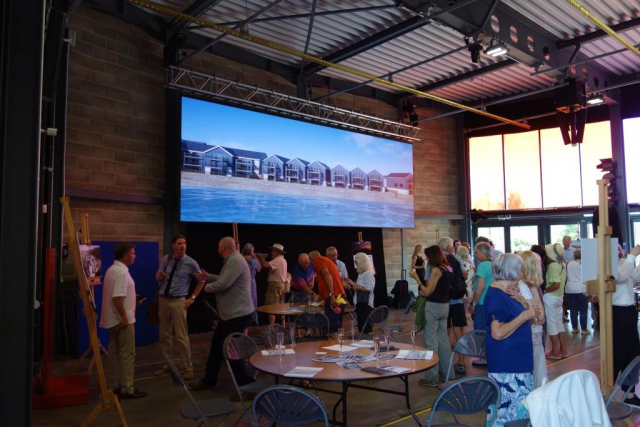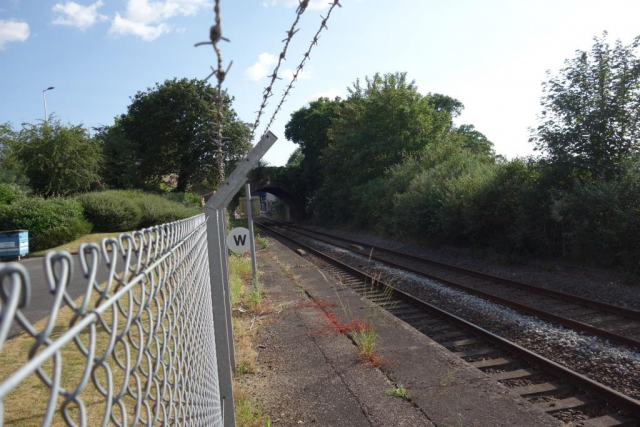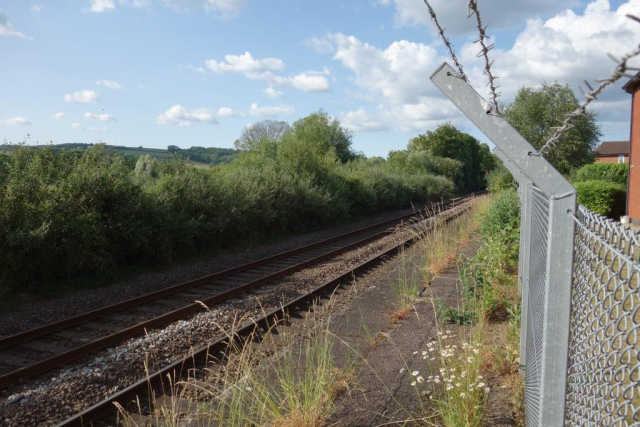The shortest of the East Devon branch lines and the third shortest line in Devon, the scout had never followed with any thoroughness.
Detraining at Honiton, he had planned to follow the route taken in No. 10, the A35 and an empty section of bypassed turnpike, but instead he climbed Church Hill from the station.
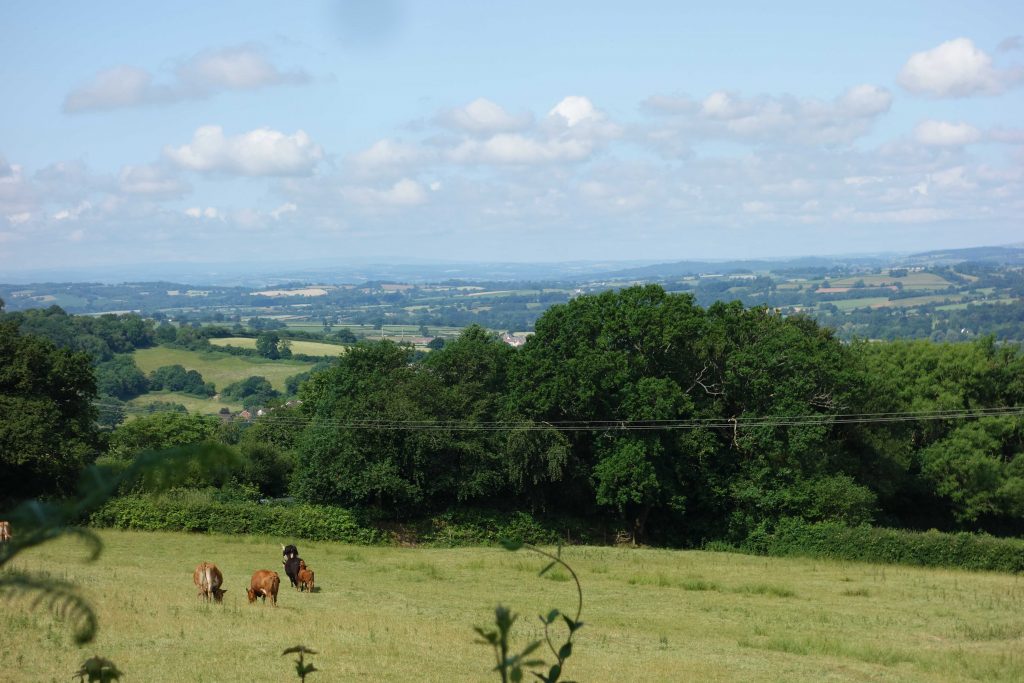
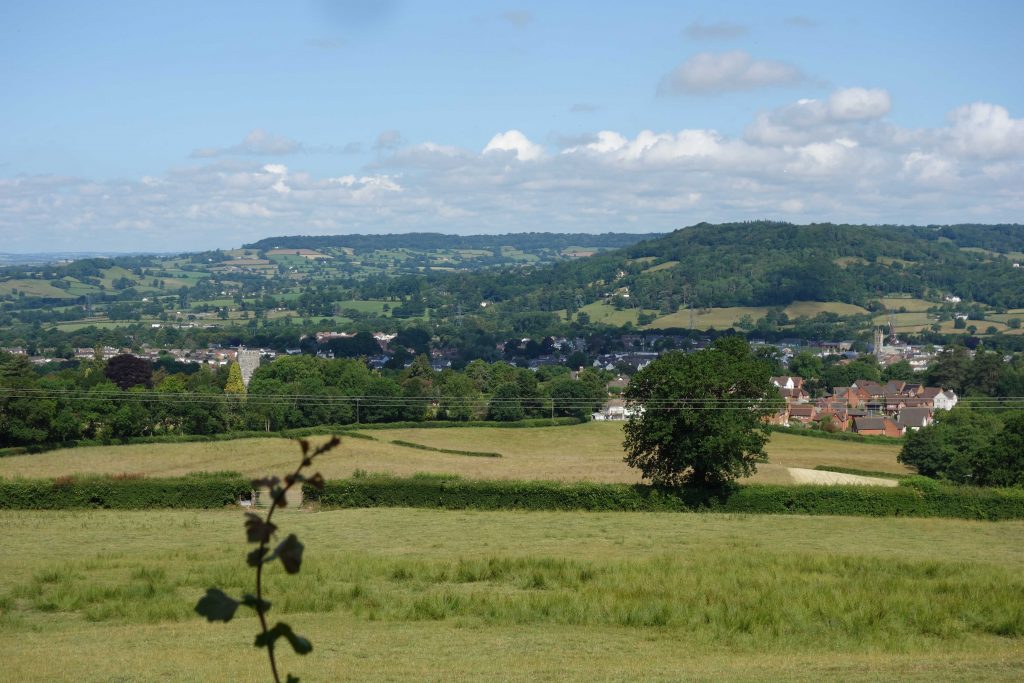
The scout missed the exhilarating descent of “Honiton Bank” that he had enjoyed the last time he went this way, but the back lanes via Offwell and Umborne were deliciously quiet and gave wonderful, unfolding views.
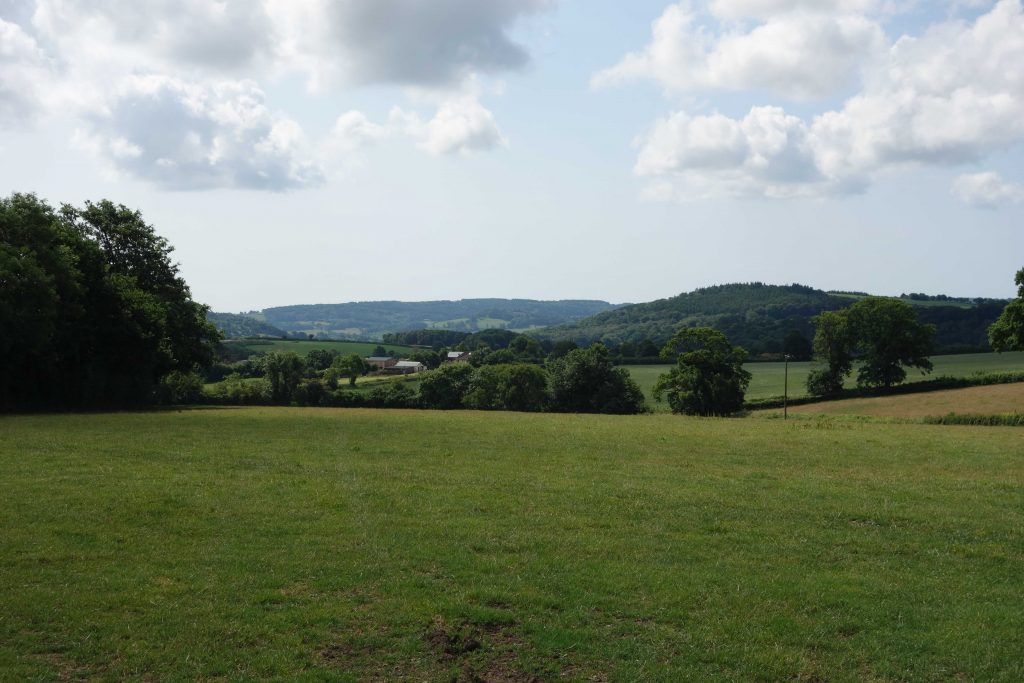
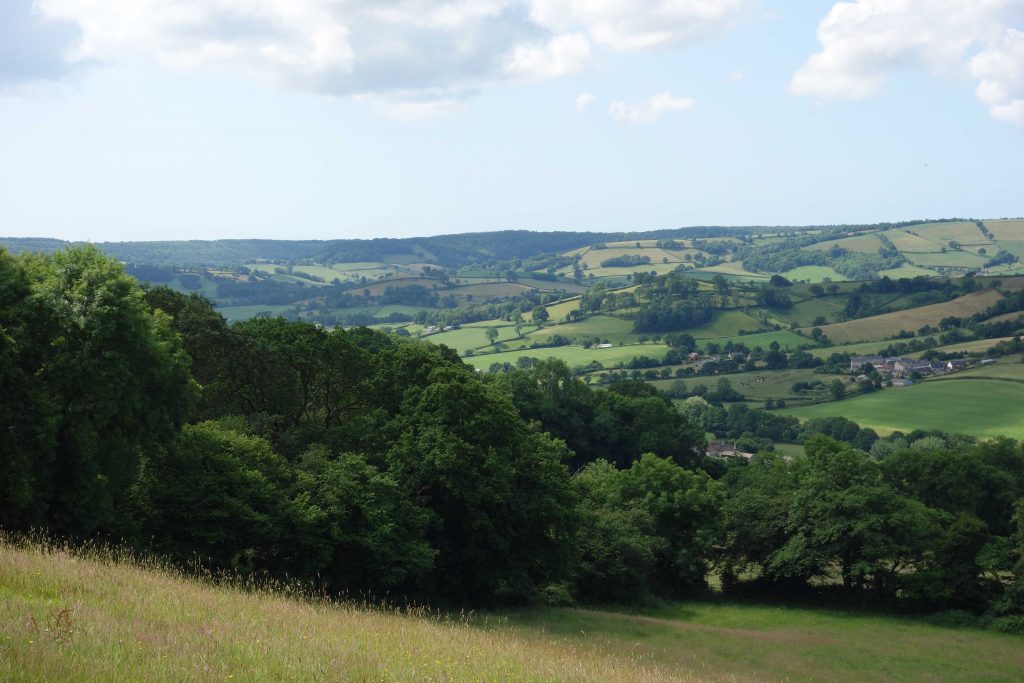
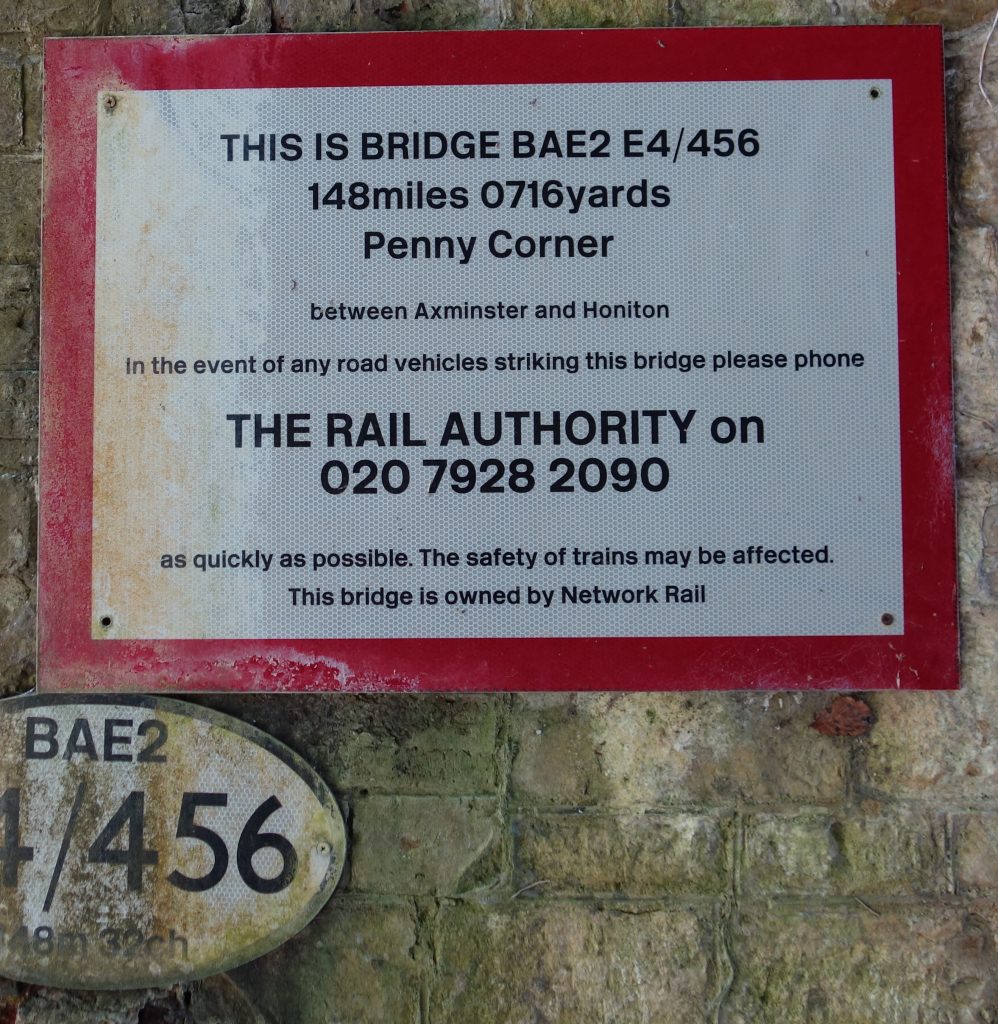
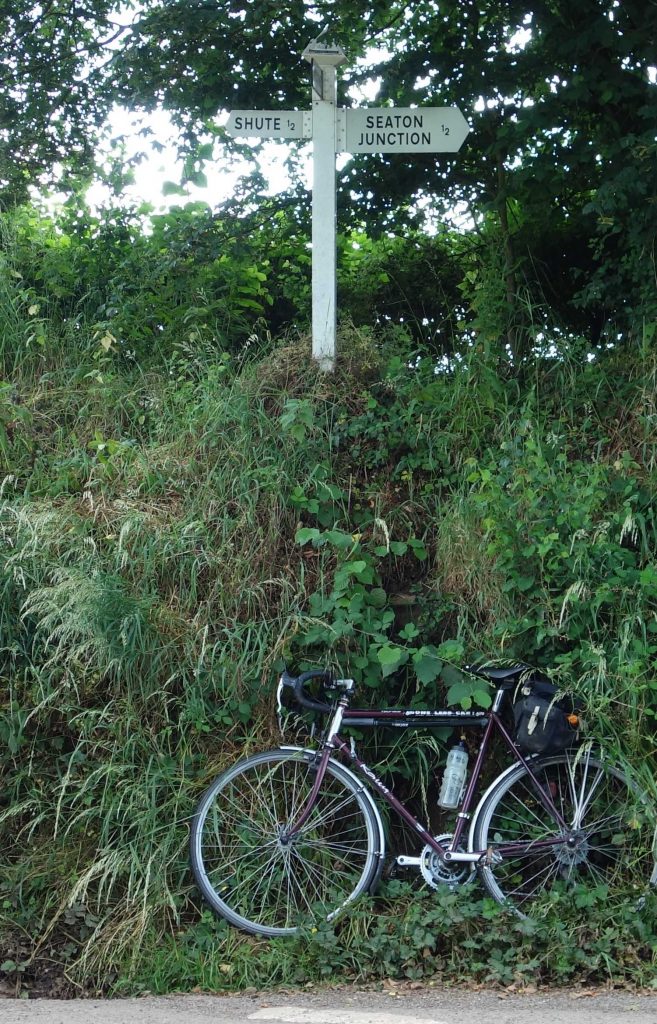
The scout remembered Penny Corner Bridge from the prvious ride.
Not much further on was a sign pointing to a non-existent railway station.
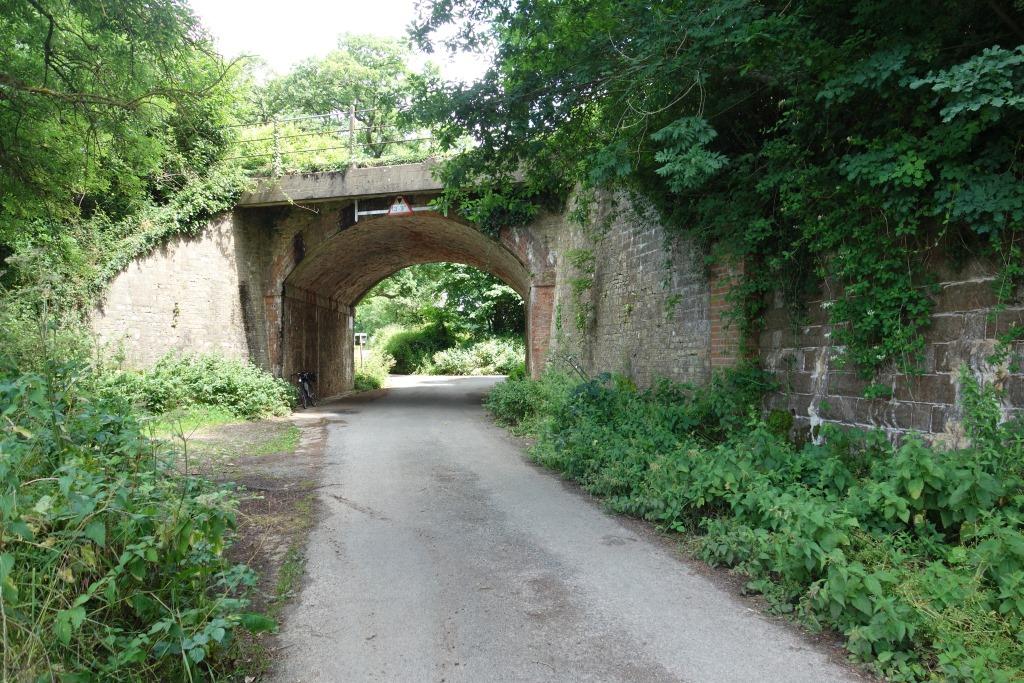
Seaton Junction
Formerly Colyton for Seaton and Colyton Junction.
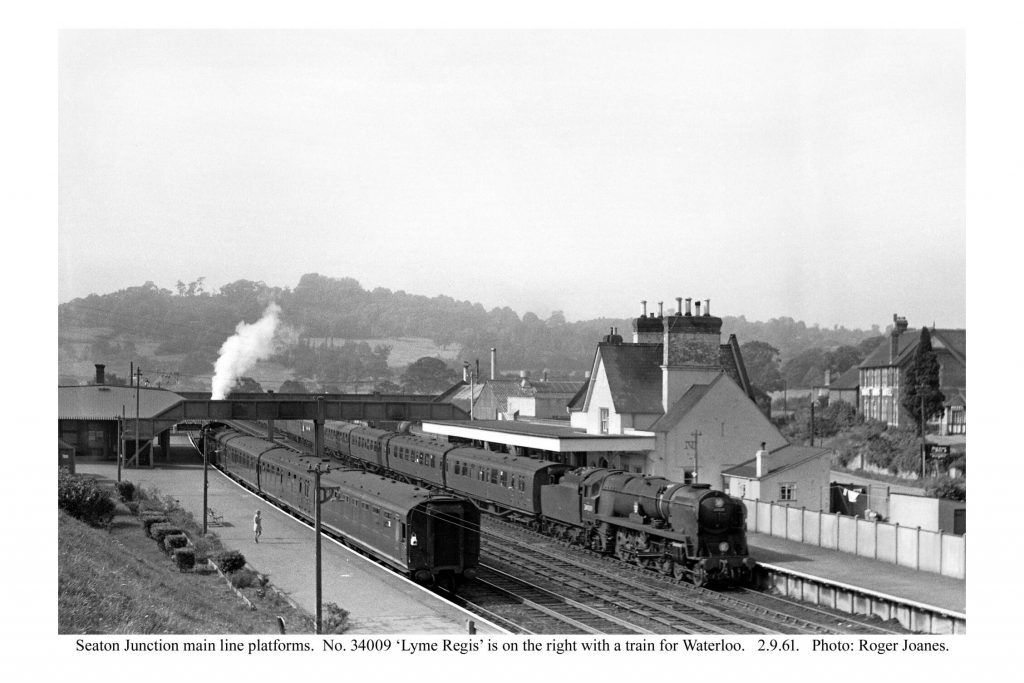
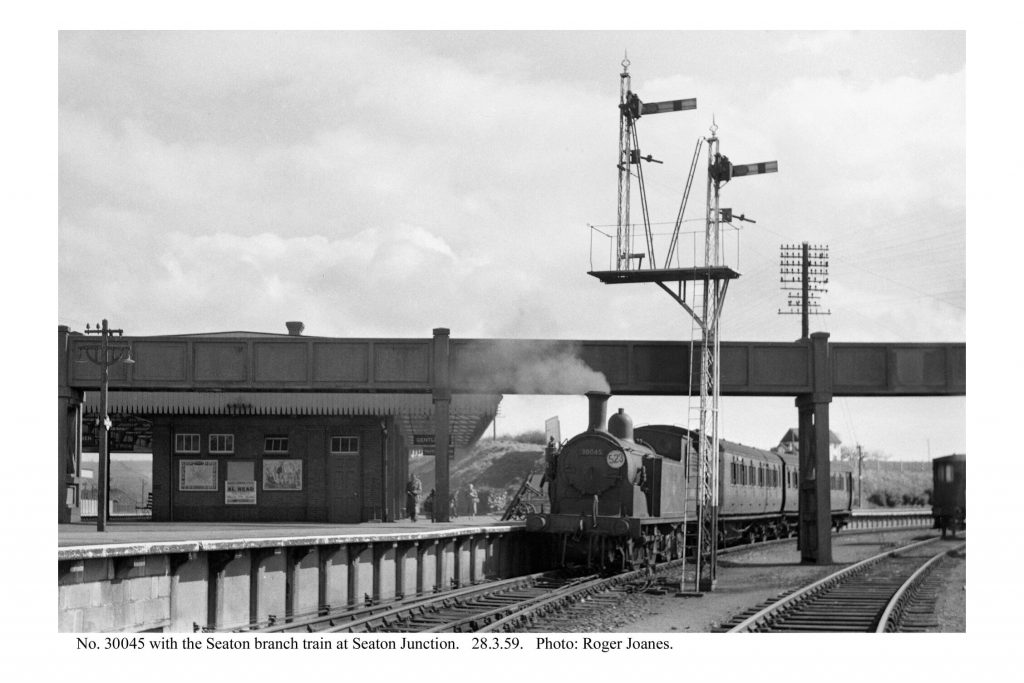
There are many photographs of the station on the village web pages.
Express Dairy at Seaton Junction.
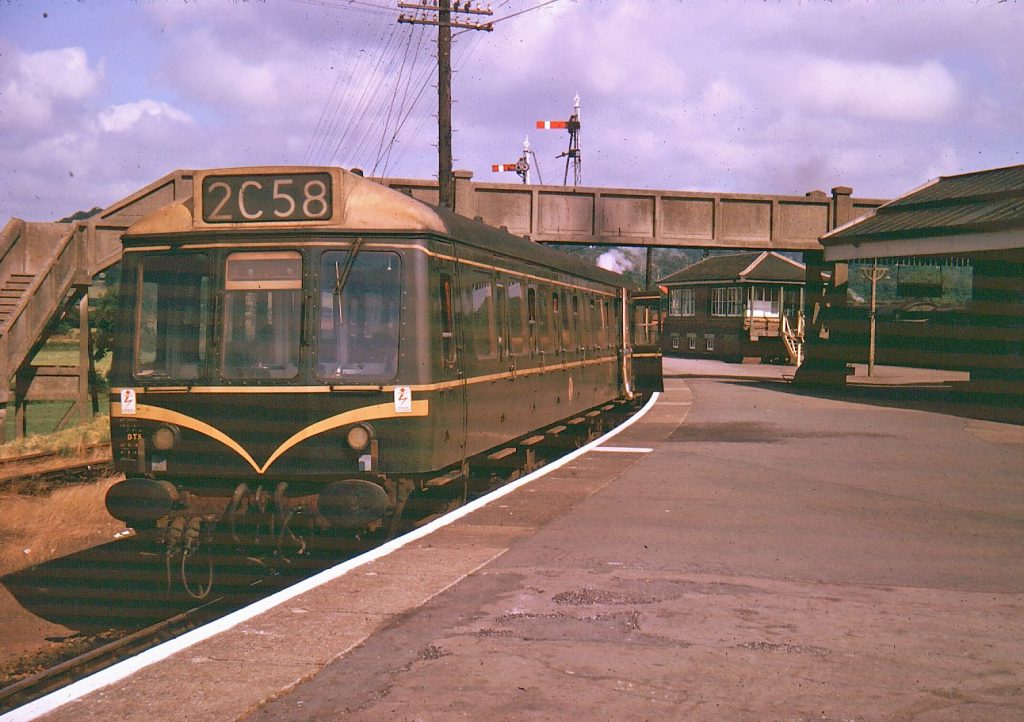
By Geoffrey Skelsey – Own work, CC BY-SA 4.0, https://commons.wikimedia.org/w/index.php?curid=35902613
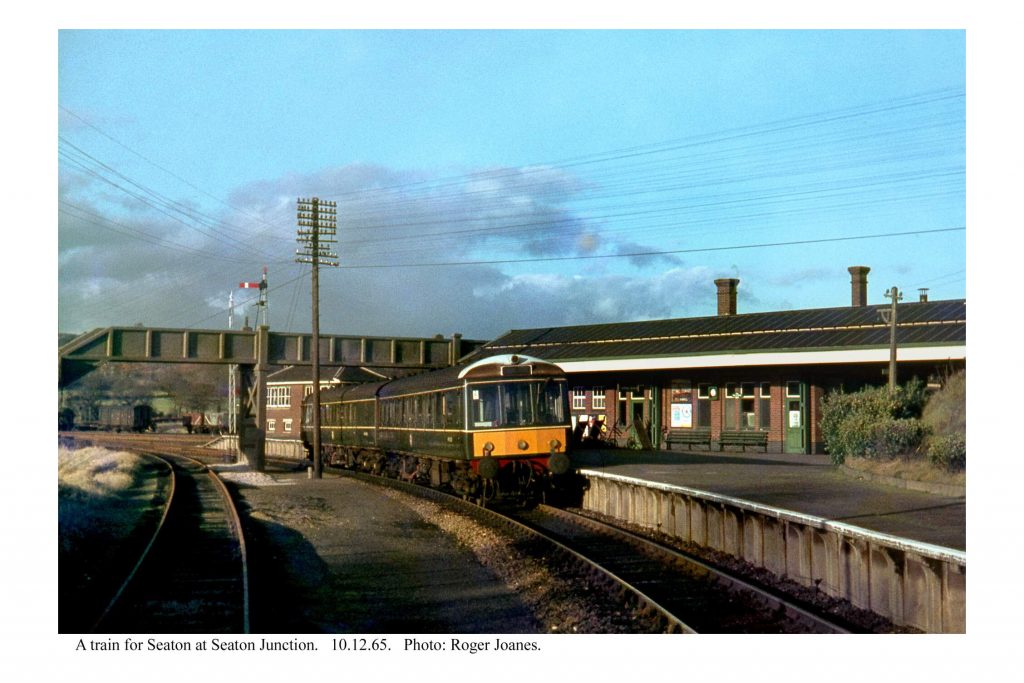
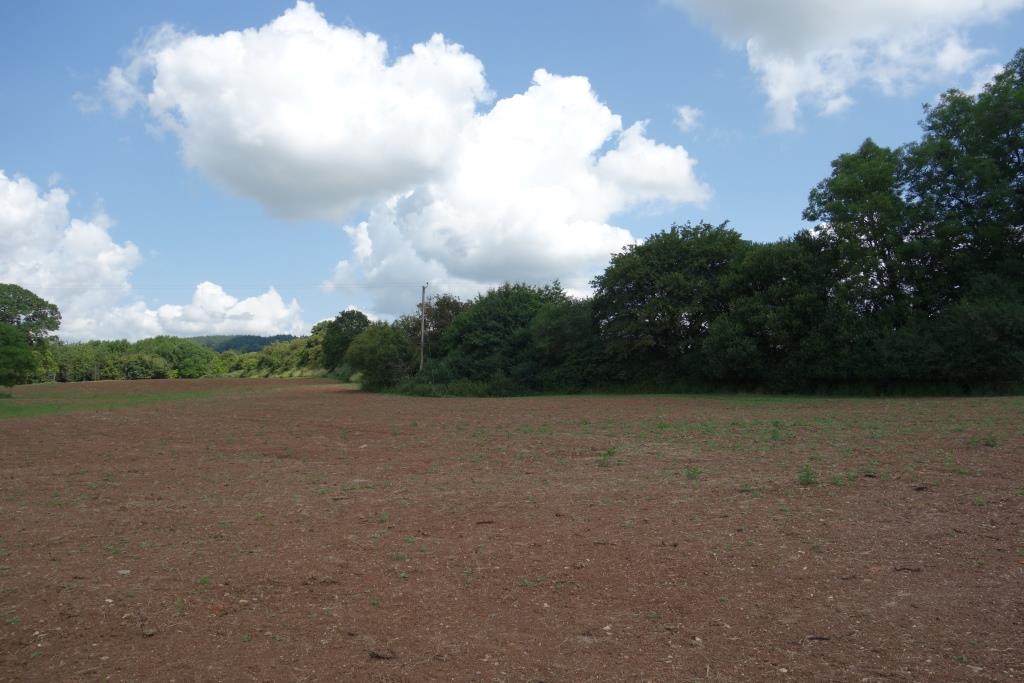
The scout left the path and followed the drive from Lexhayne to join Colyton Road.
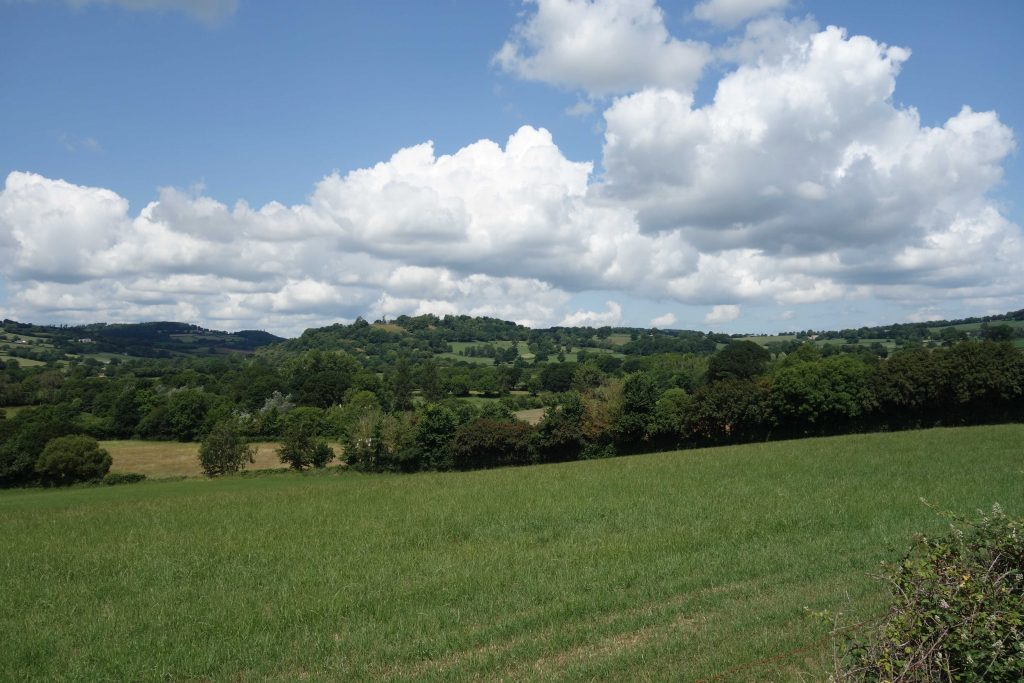
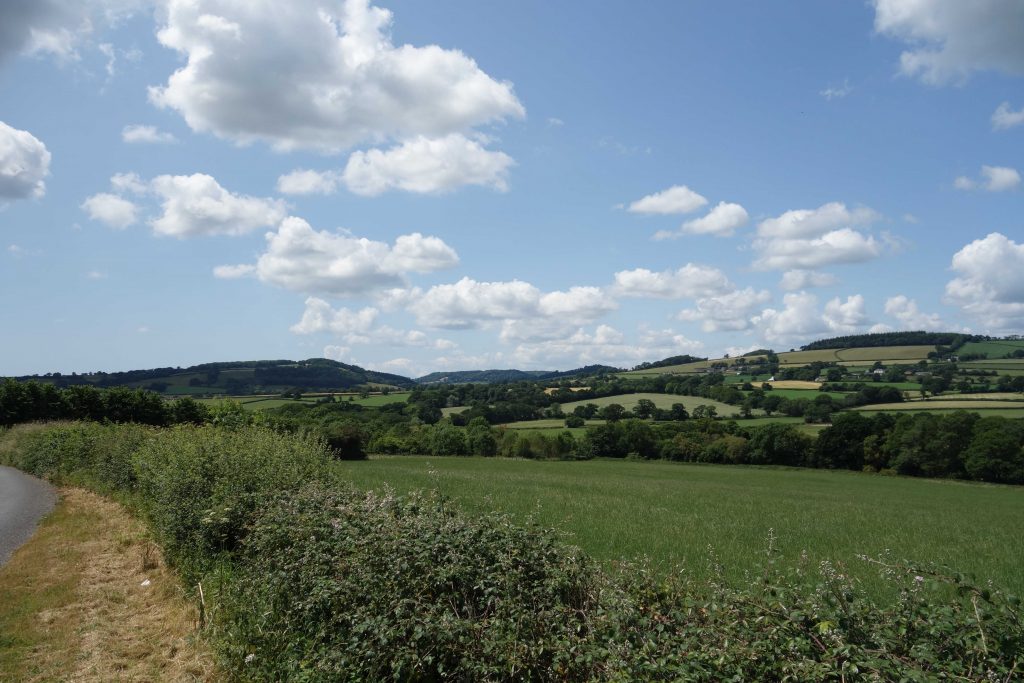
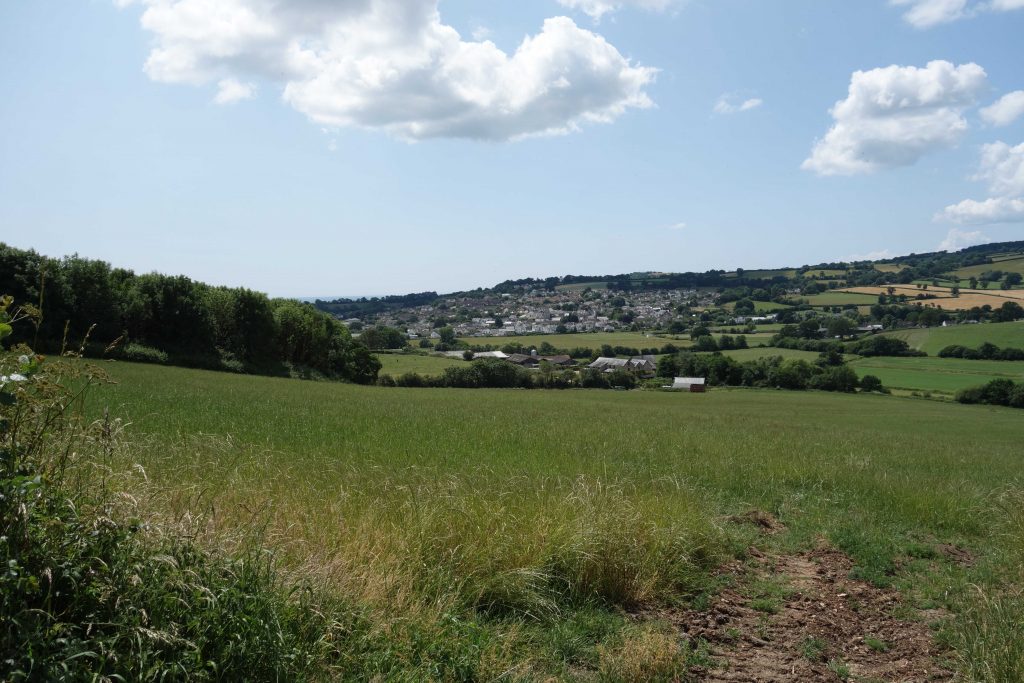
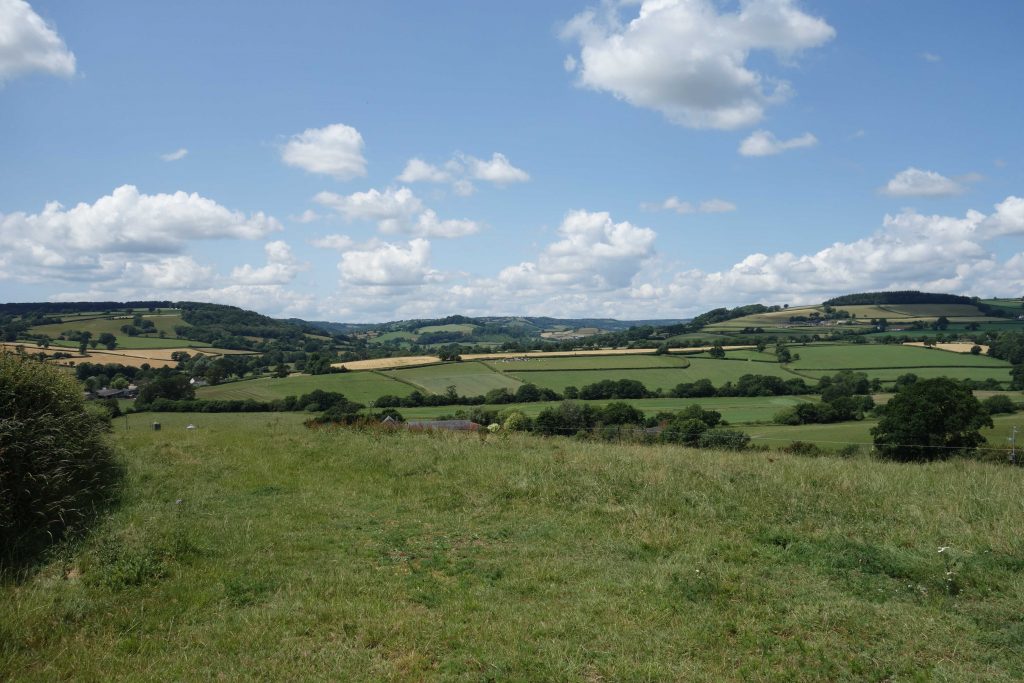
The scout crossed the River Coly and wandered around charming Colyton, where he had not been for very many years.
The story of the Colytyon Feoffees.


The scout was at first annoyed that a van obstructed his view of the Town Hall, but he chuckled when he saw that he had the same surname as the tradesman and wondered whether he was related to the Seaton fruiterer and florist, one of only two with the name Burges listed in the 1968 Exeter Area telephone directory, a copy of which is kept at Christow. The Seaton Burges was the only one listed in the 2000 directory. None were in the 2008 edition. The scout has never possessed a telephone of his own.
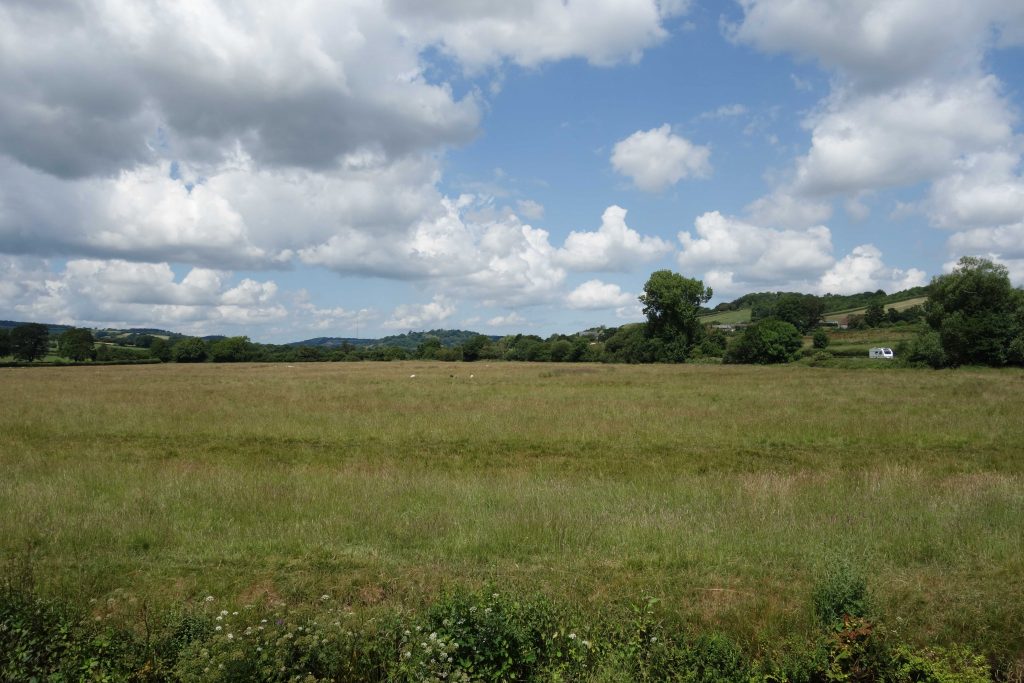
Colyton
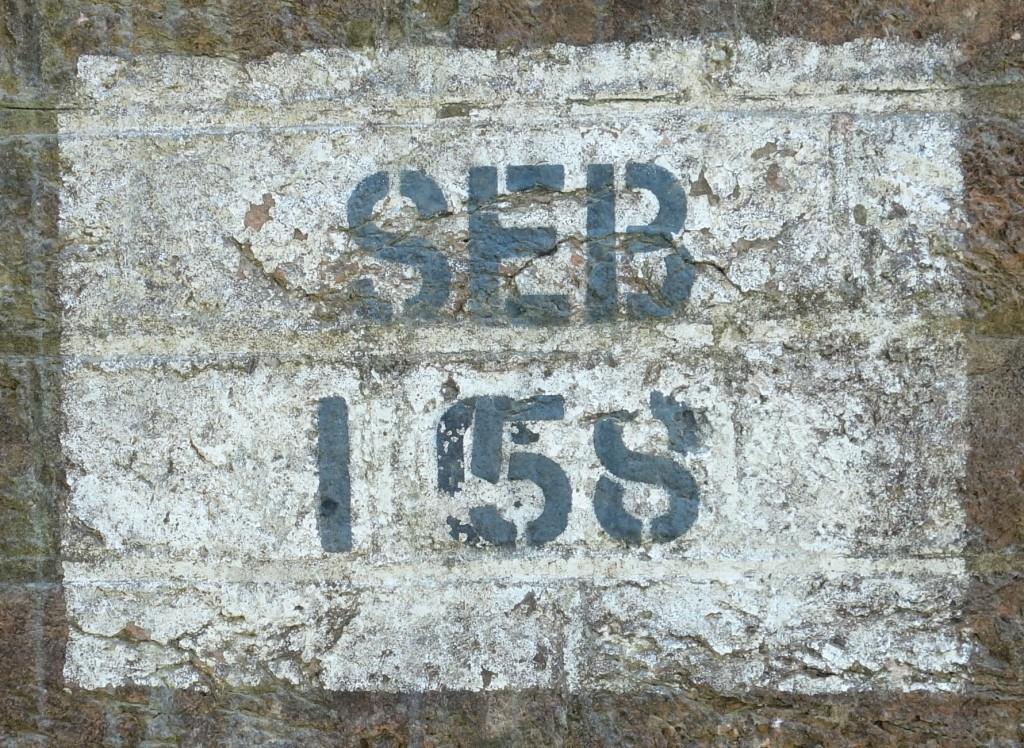
The branch was closed in 1966 and the track was lifted soon afterwards.
In 1970, Claude Lane, founder of Modern Electric Tramways Ltd., moved his half-scale tram operation from Eastbourne and established it as a 2′-9″-gauge system at Seaton. It was eventually extended the three miles to Colyton and is now a popular tourist attraction.
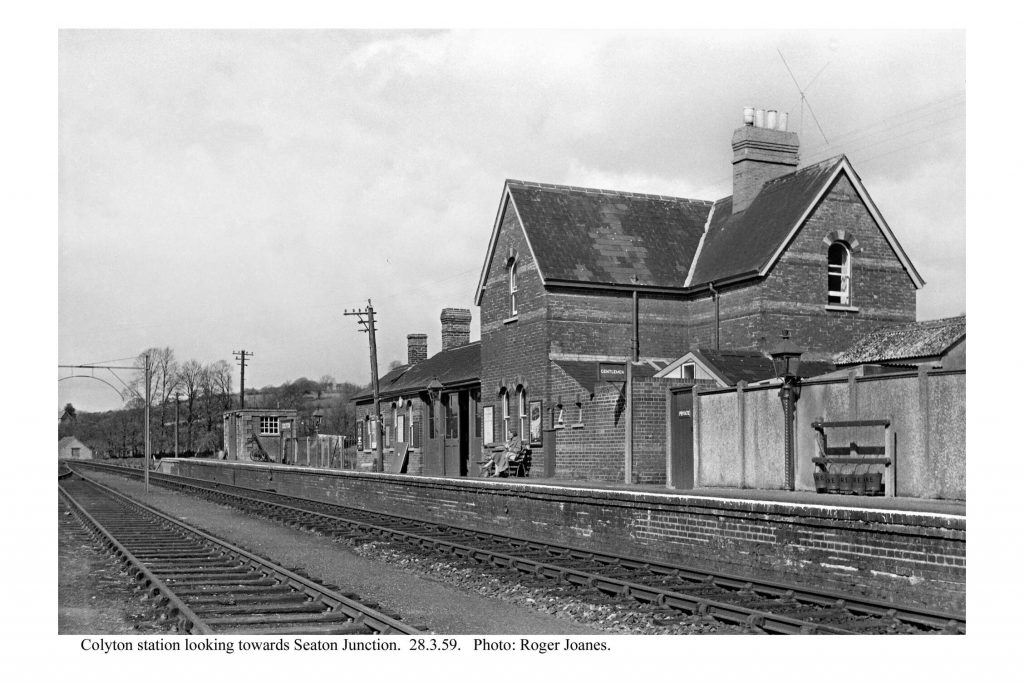
Colyford
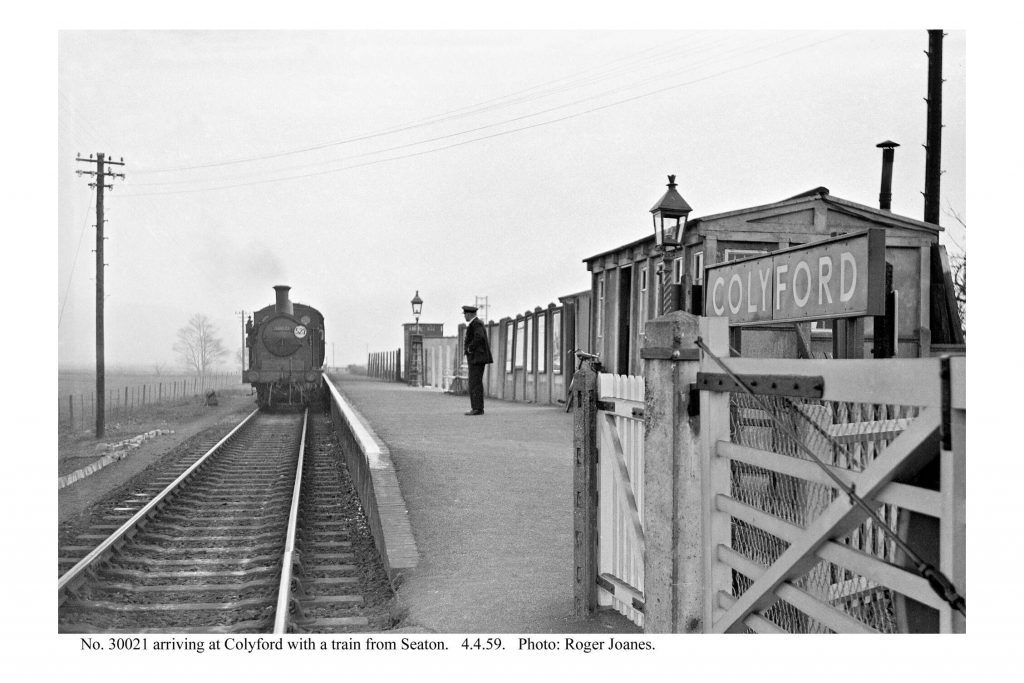
The scout took the main road to Seaton and looked in vain for the Co-op, where to buy lunch. He was later told that, like the shop below, it had closed.
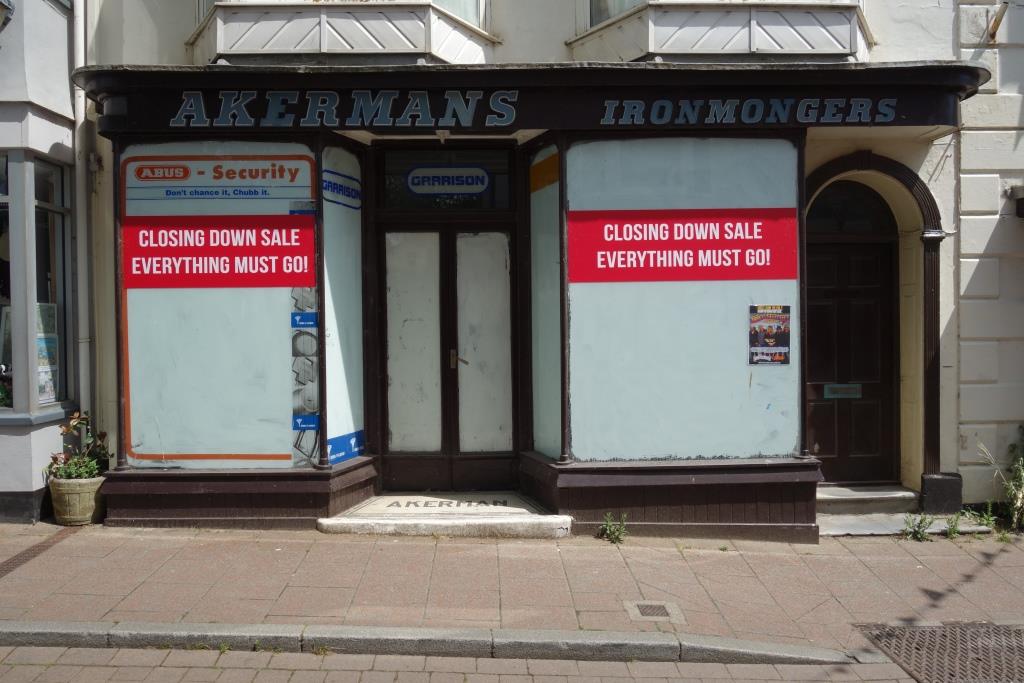
With the Cohen superstore dominating, it was no surprise to find most of the small grub shops gone. An Aldi store was under construction. The scout bought his lunch from the wretched big place and went to sit on the warm but windy front.
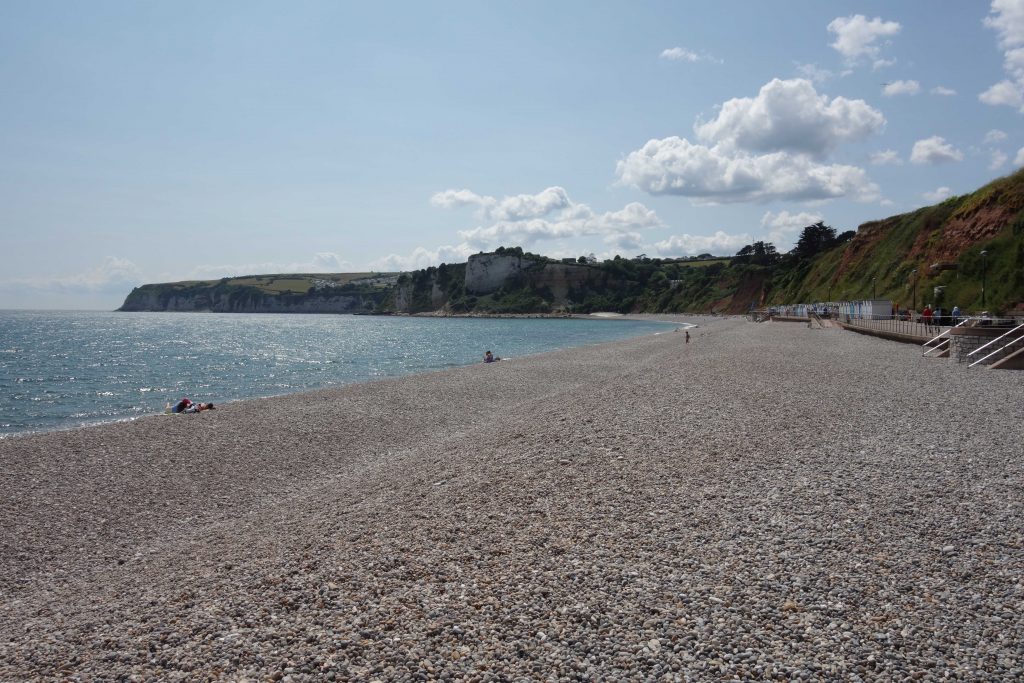
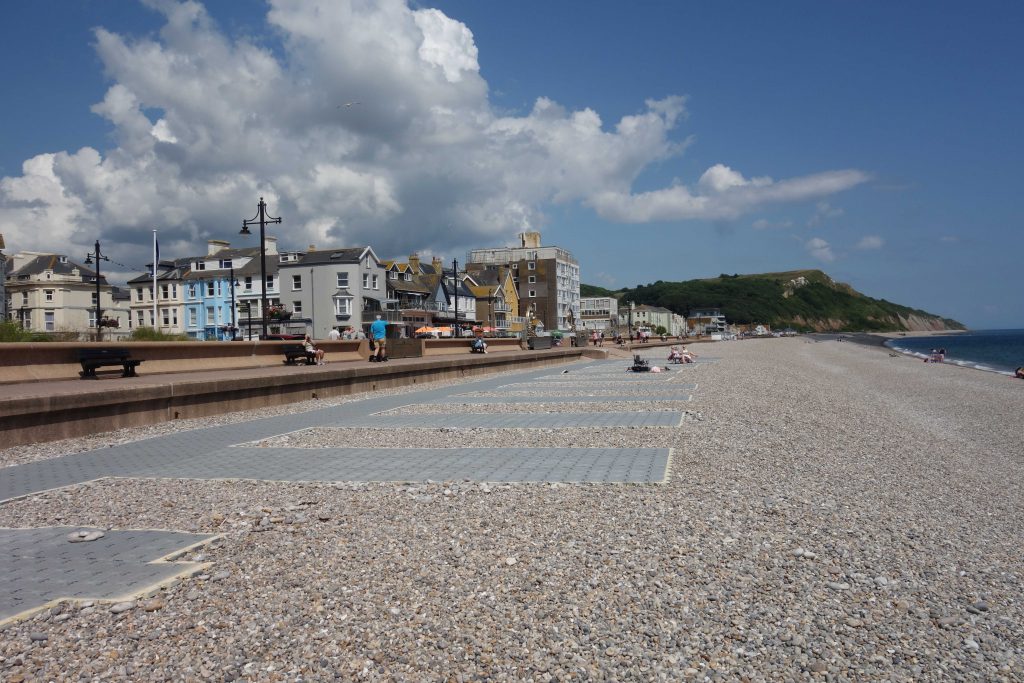
Portland could be seen, 30 miles along the coast. +
Seaton
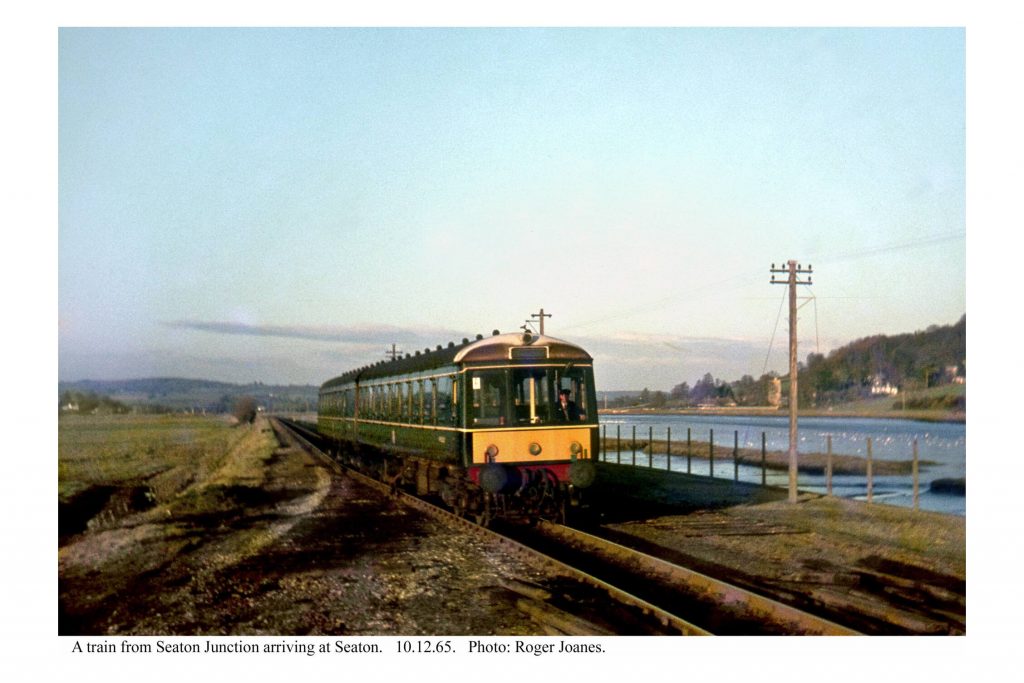
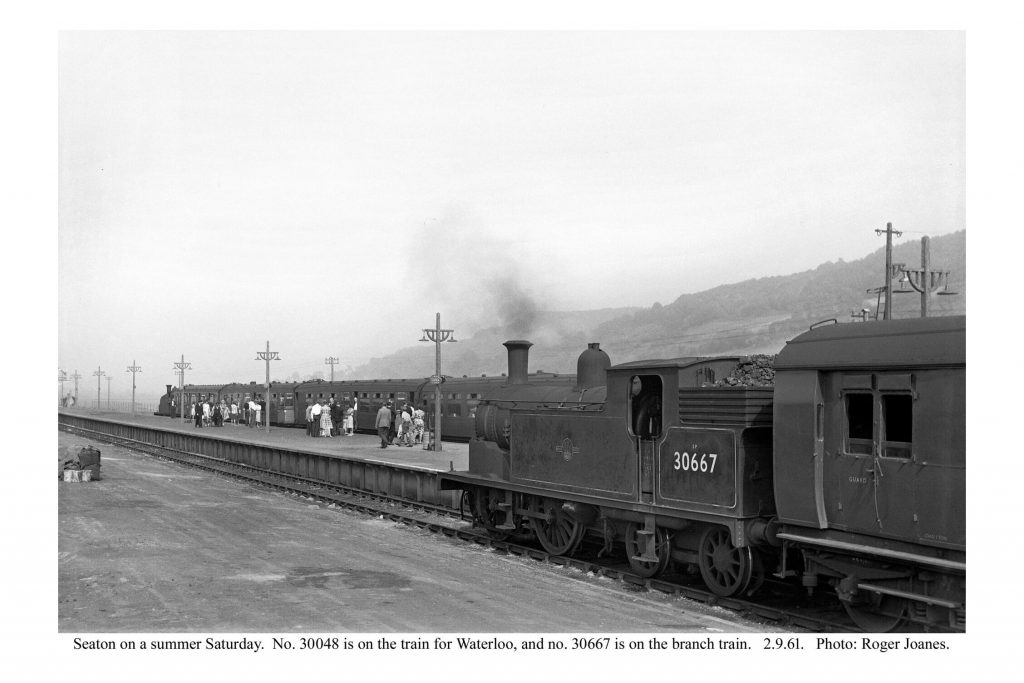
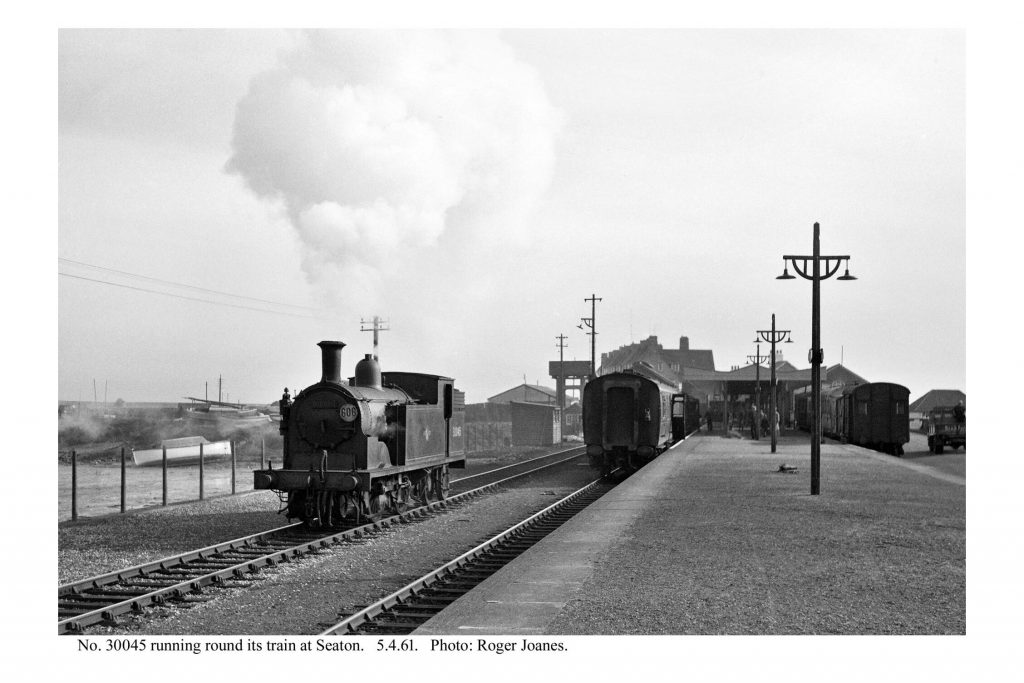
The scout rode into the depot car park where a couple of chaps were talking. On asking if he could view the Exeter tram, one, without hesitation, kindly let the scout inside.
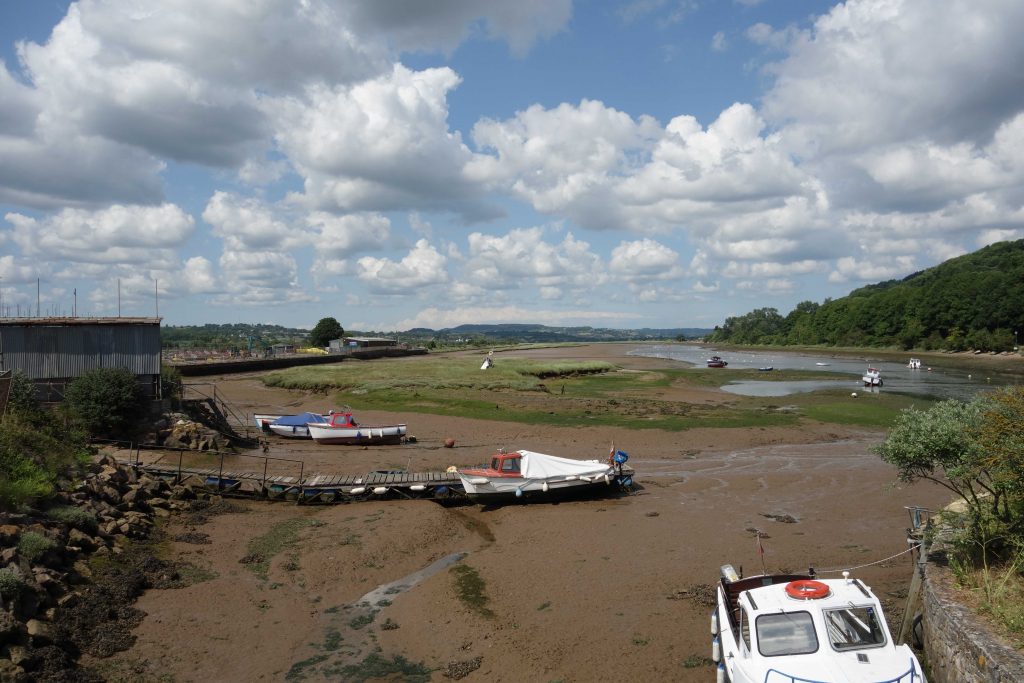
In less than four and a half miles, the railway accompanied three water courses: the Umborne Brook and the rivers Coly and Axe. +
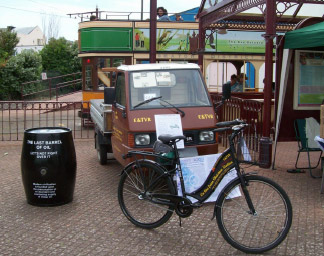
Sustainable Seaton held its first Green Transport gathering in August, 2008. The railway went along with its new BEE, still in empire green, and a load of propaganda and props.
It was one of the wettest days of the summer and the gathering was held on the sea front. The railway team shivered through the morning and, wet through, eventually took refuge in a fish and chip café. Interest in the event was obviously dampened but the organizer deserved much credit for the initiative.
A neighbour at the gathering was the Seaton Tramway, whose manager kindly invited the railway for a guided tour; this was reciprocated. In October, Teign Valley friends enjoyed a full day’s visit, which included driving trams, lunch at Colyford and a tour of the depot. The day ended with fish and chips being eaten on the sea front while gazing at the lights of ships anchored in Lyme Bay and recalling the same place in August.
The Green Transport gathering was held again in June, 2009 at the tramway’s terminus, since rebuilt. The railway’s utilicon was under conversion and so the event was missed, but the 2010 gathering was attended and it was blessedly fine. The railway’s stand was photographed with the event’s organizer for the Axminster Gazette.
The scout had taken refreshment at the new terminus but could not remember catching a tram. It still being mid-afternoon on a glorious day, he got the rail staff discount off his ticket for a run to Colyton and back.
Two roads of the terminus had been taped off for an event, a sales pitch for the development on the site of Seaton Station.
When the scout returned, the event was in full swing. As he watched the throng, he was thankful that he had no desire to live in such a soulless place, being happy in the caravan for which he’d paid £800 in cash.
With a bit of a tailwind, the scout got to Axminster Station in 27 minutes. There was time to see the purpose-built Axminster Tools shop, which he’d recently heard had been moved to the other side of town. It had been convenient being so close to the station but the scout had not bought much from there in recent years.
In the minute before his train arrived, the scout popped to the front of the station to find where the people seen in a little enclosure by the former S.M’s. house were obtaining their beer.
When the scout returned to the utilicon, he’d ridden only 31 miles.

